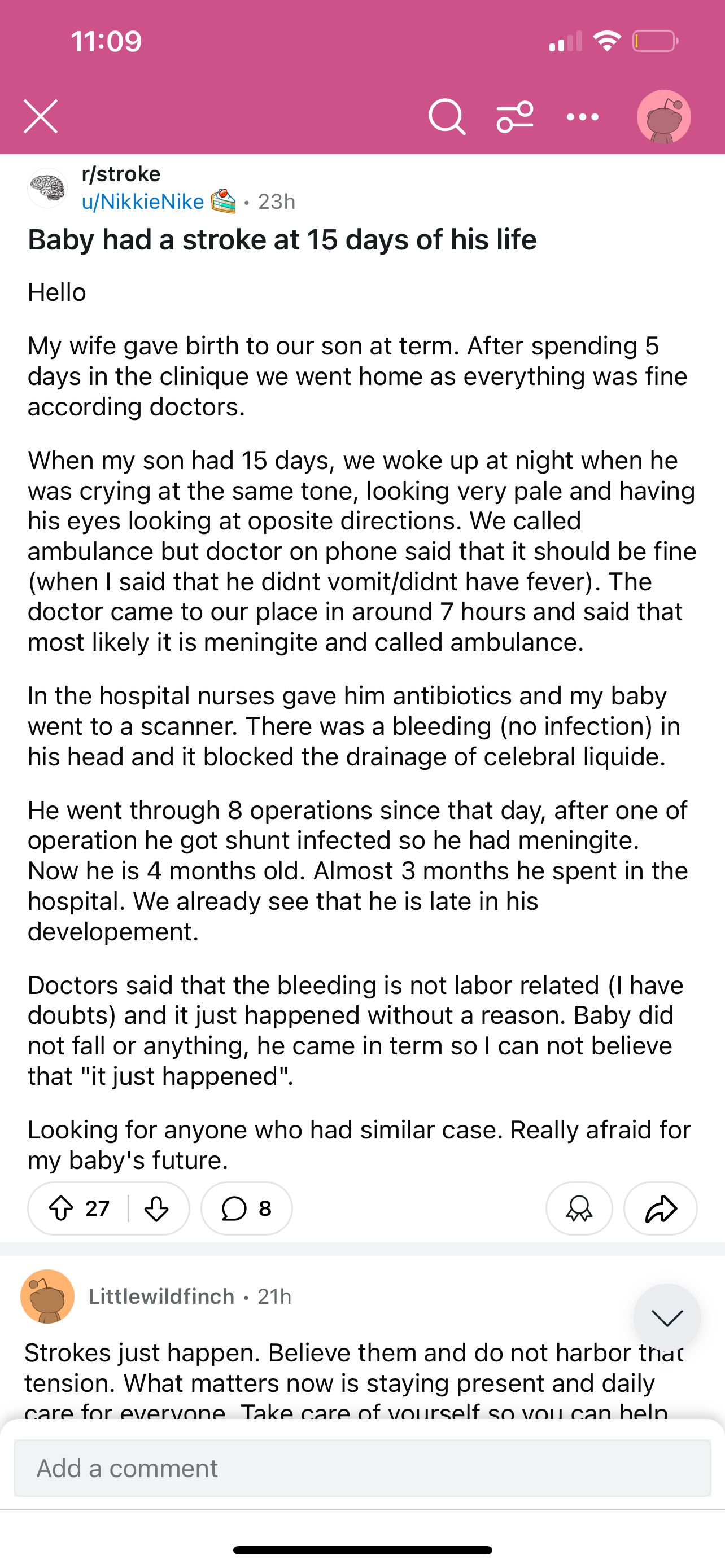
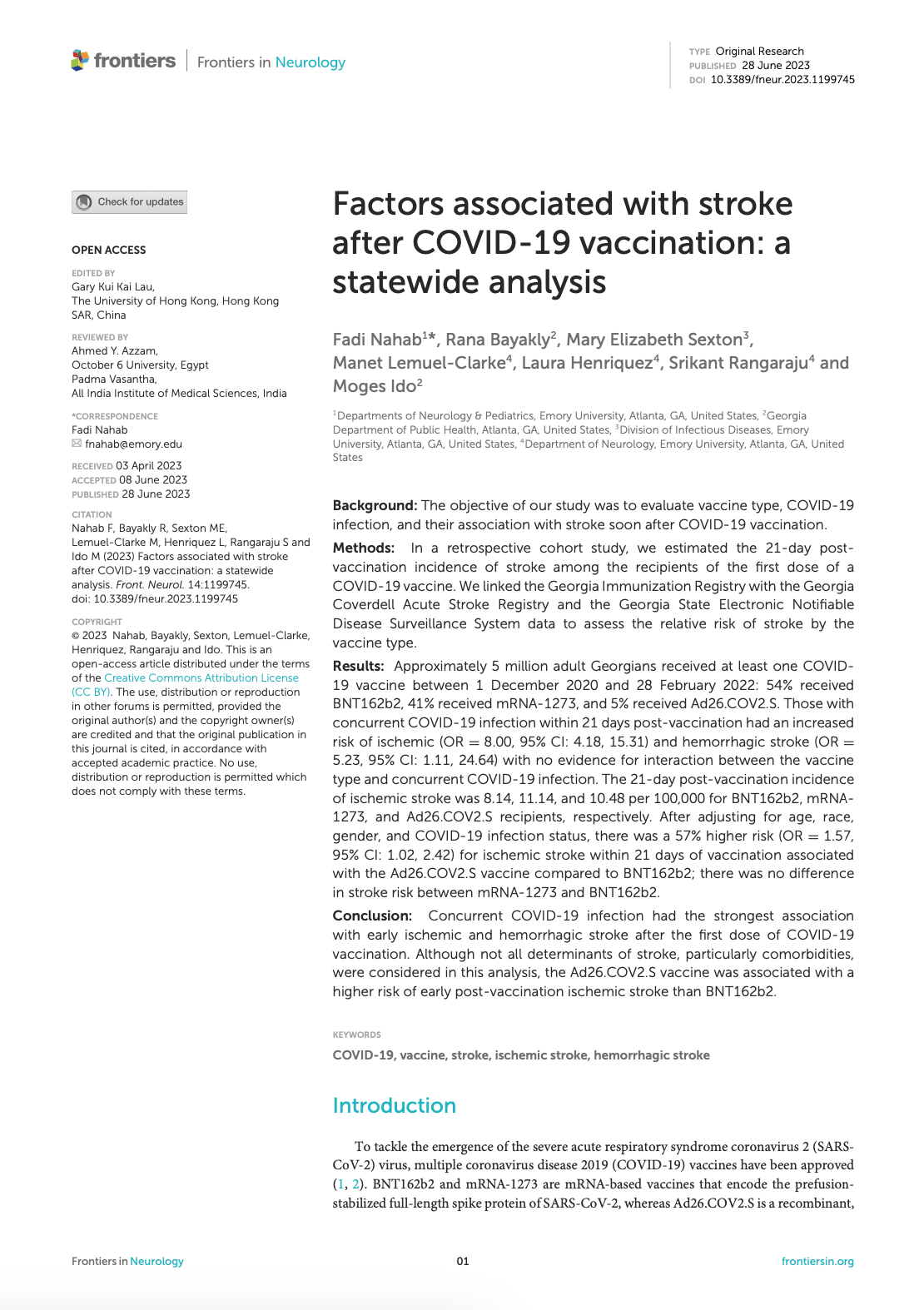
I just turned 30 years old, and I can say that I didn't know one person my age in high school, college or post-college that ever had a stroke. Not one.
But suddenly, there are hundreds of people in their 20s and 30s experiencing strokes. Why?

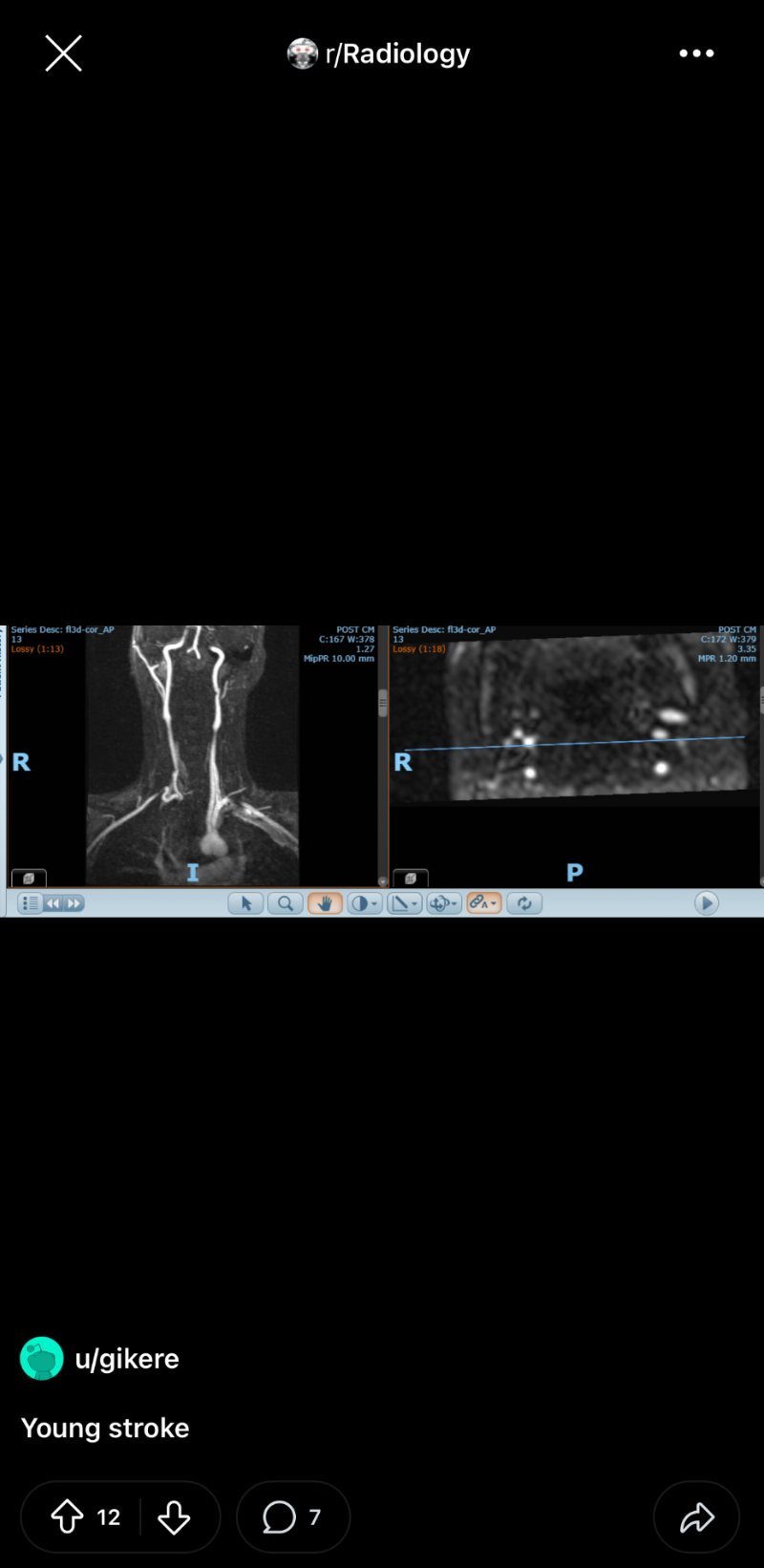
What is a Stroke
So what exactly is a stroke, why is it usually rare in children and adolescents, and what is causing the stroke to occur at the cellular level?
Stroke can be caused by a blood clot or by a ruptured blood vessel. Blood clots, contrary to what medicine tells us, are not caused by high cholesterol - cholesterol is actually a protective mechanism that helps regulate electromagnetic balance, blood viscosity, and pH stability.
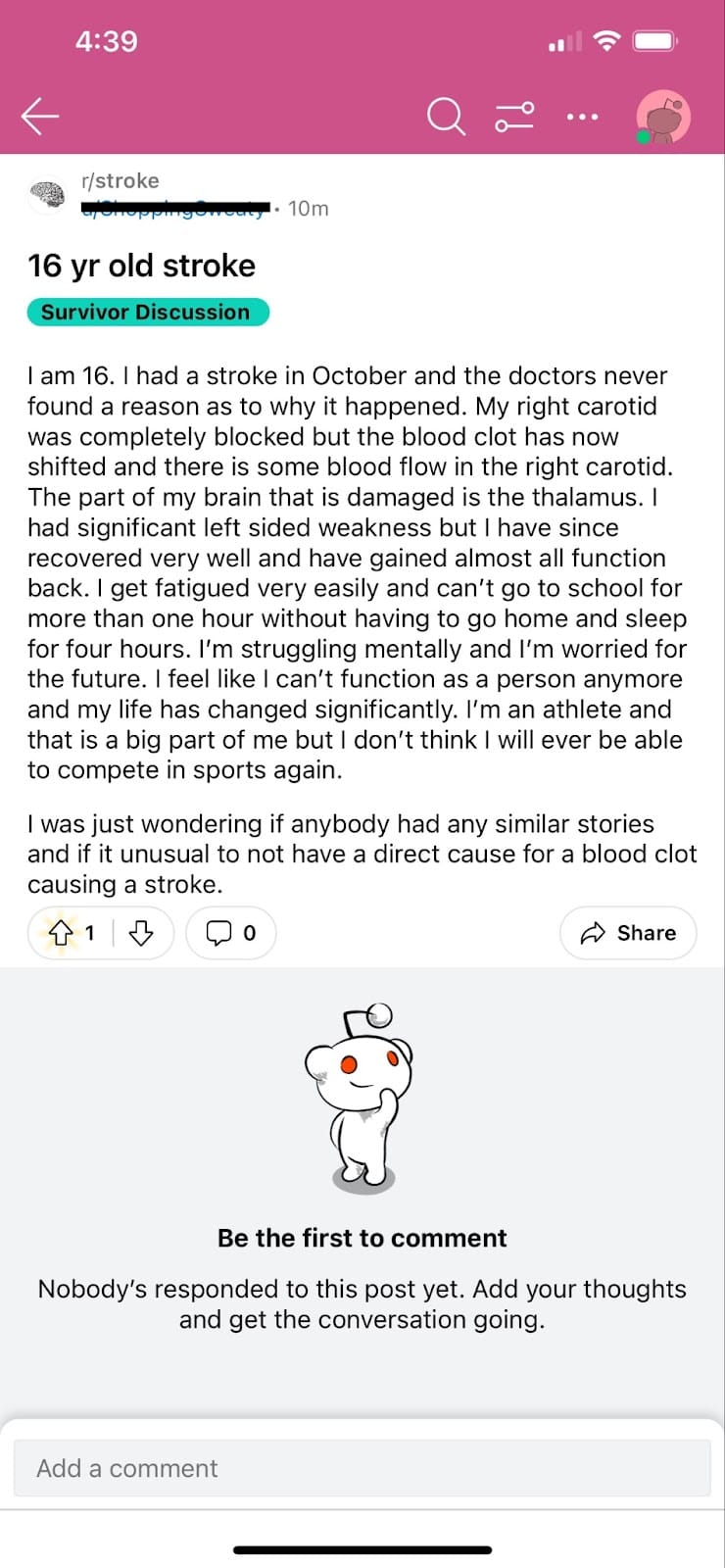
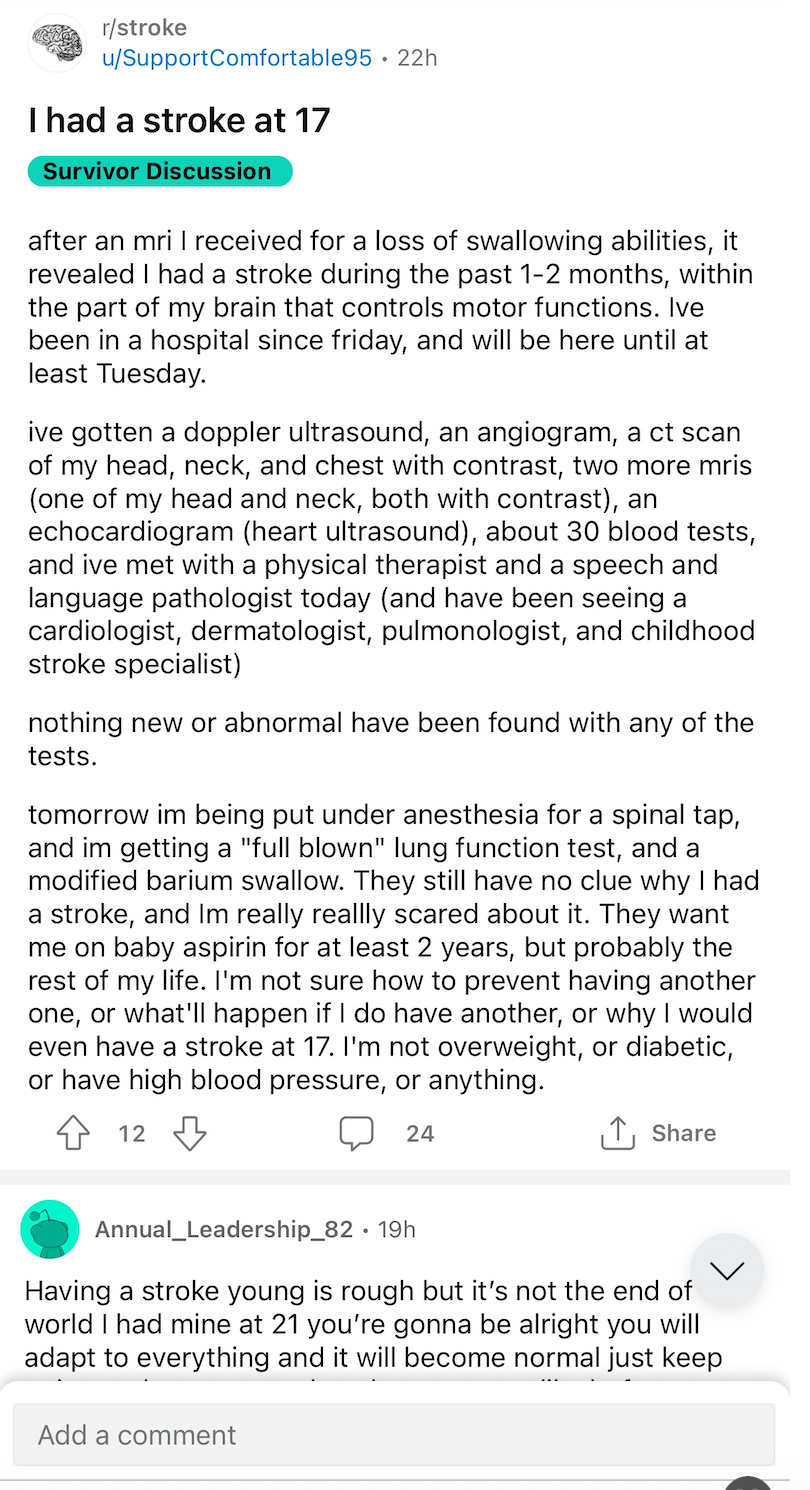
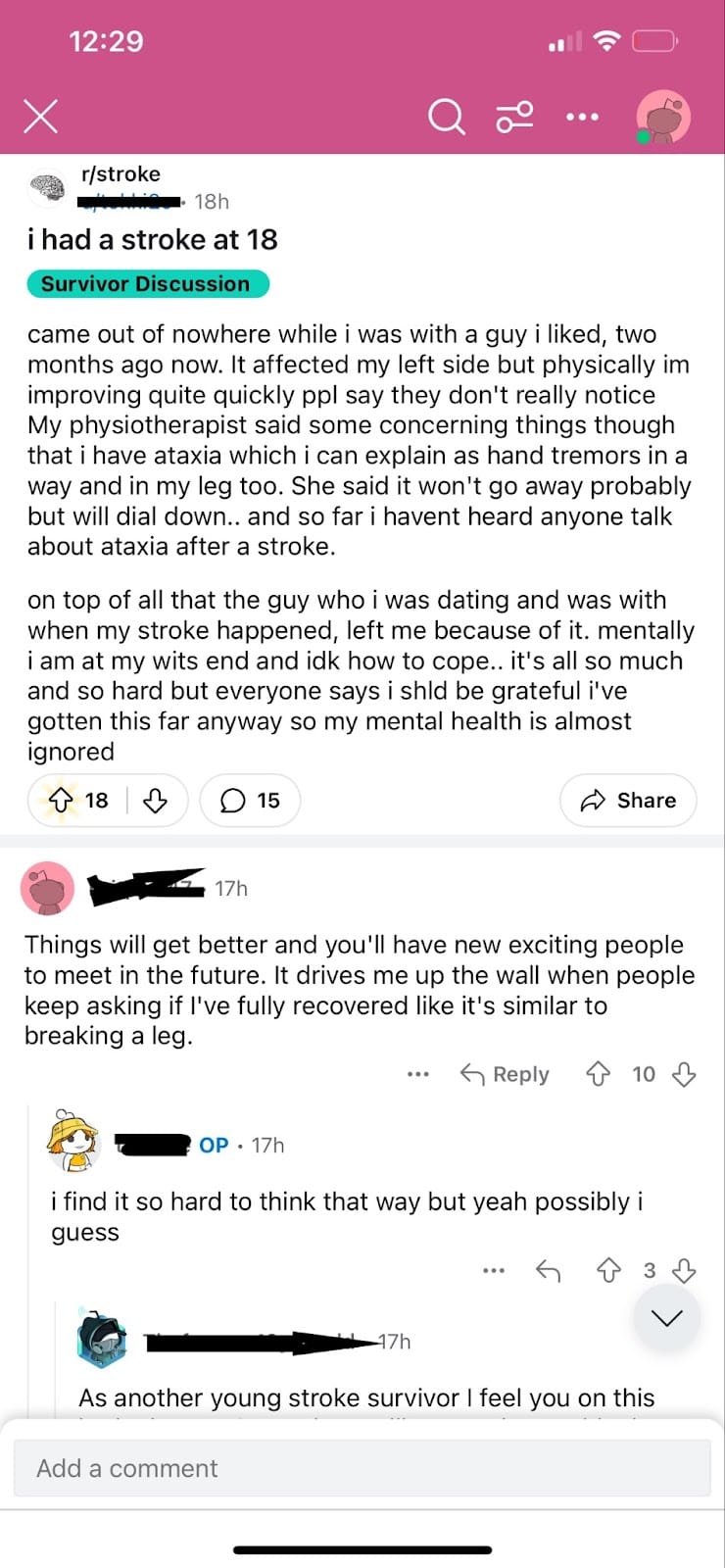
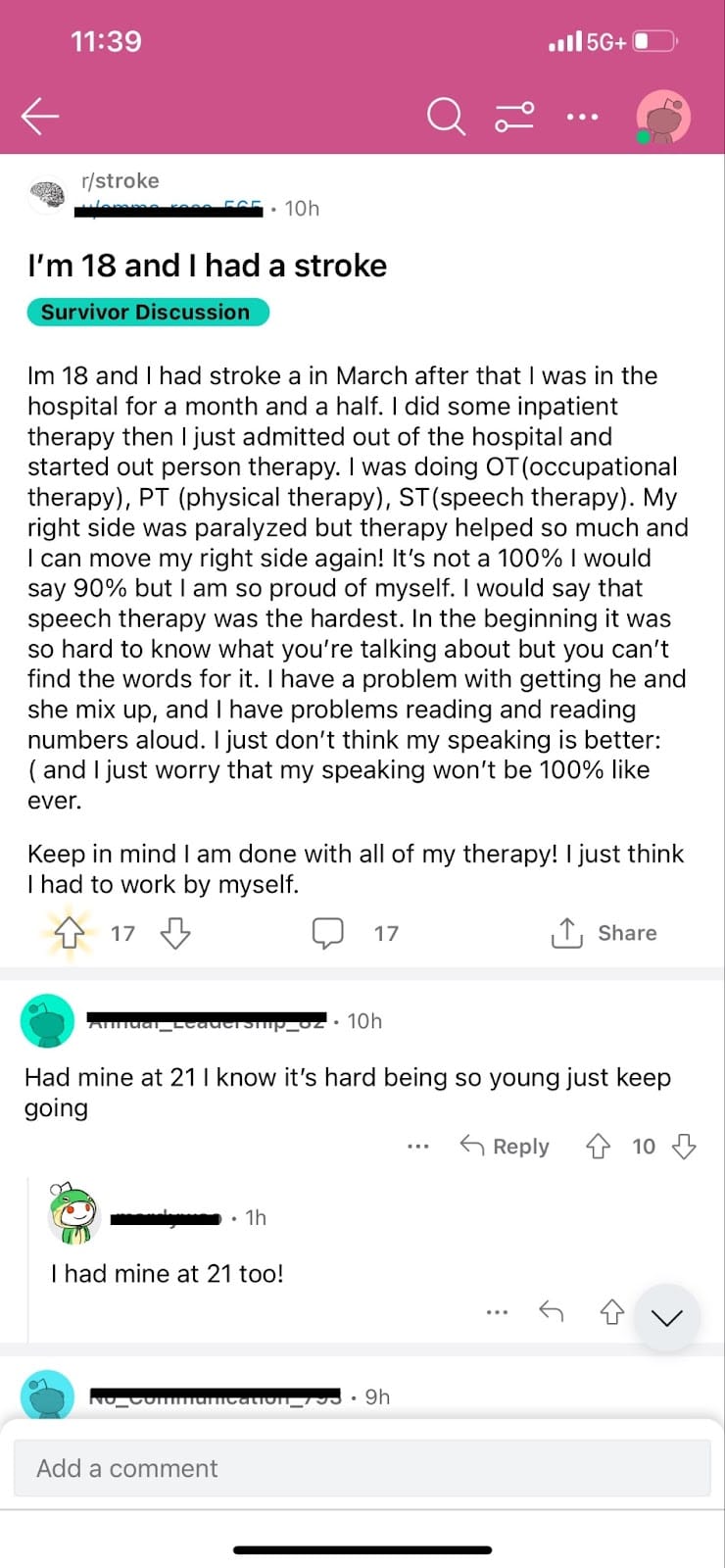
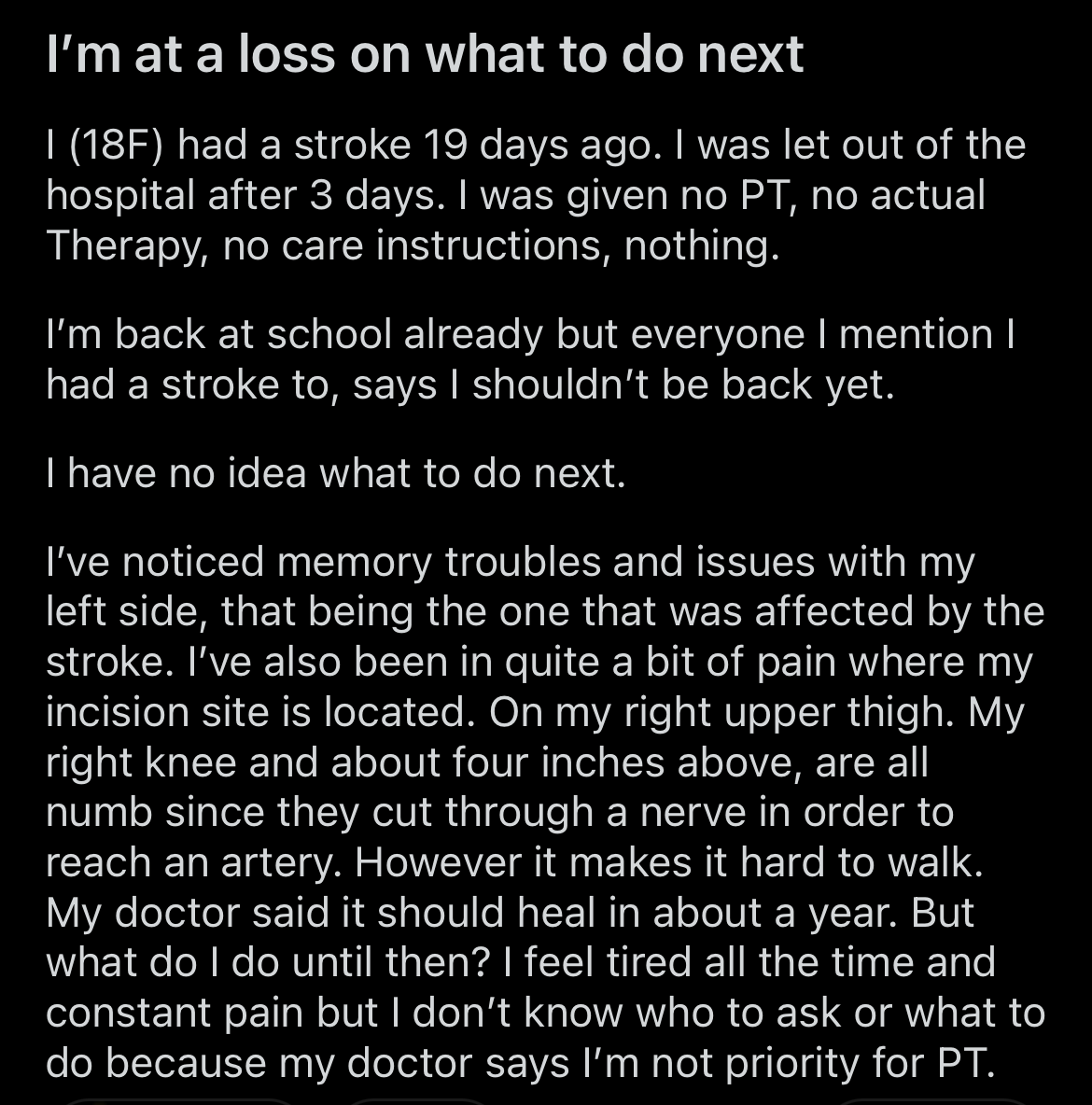
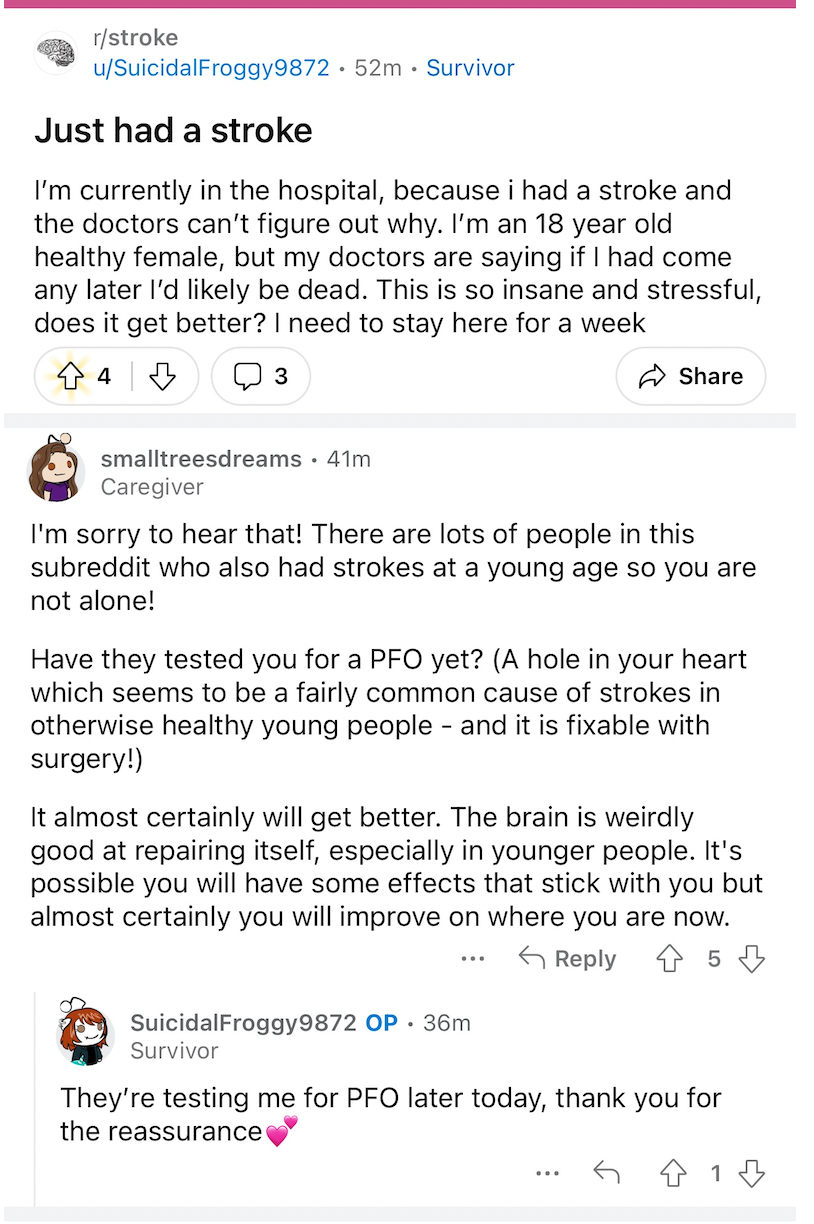
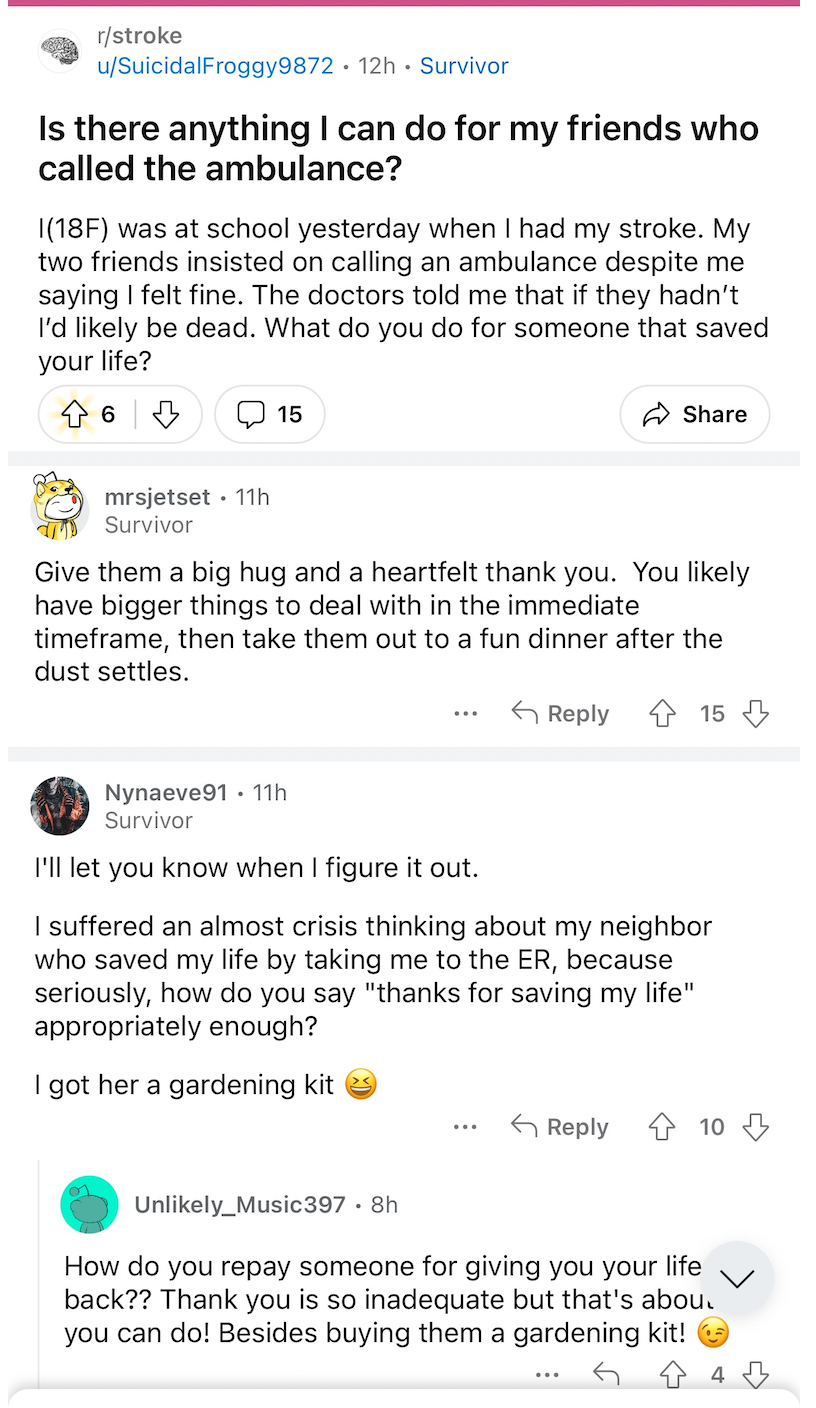
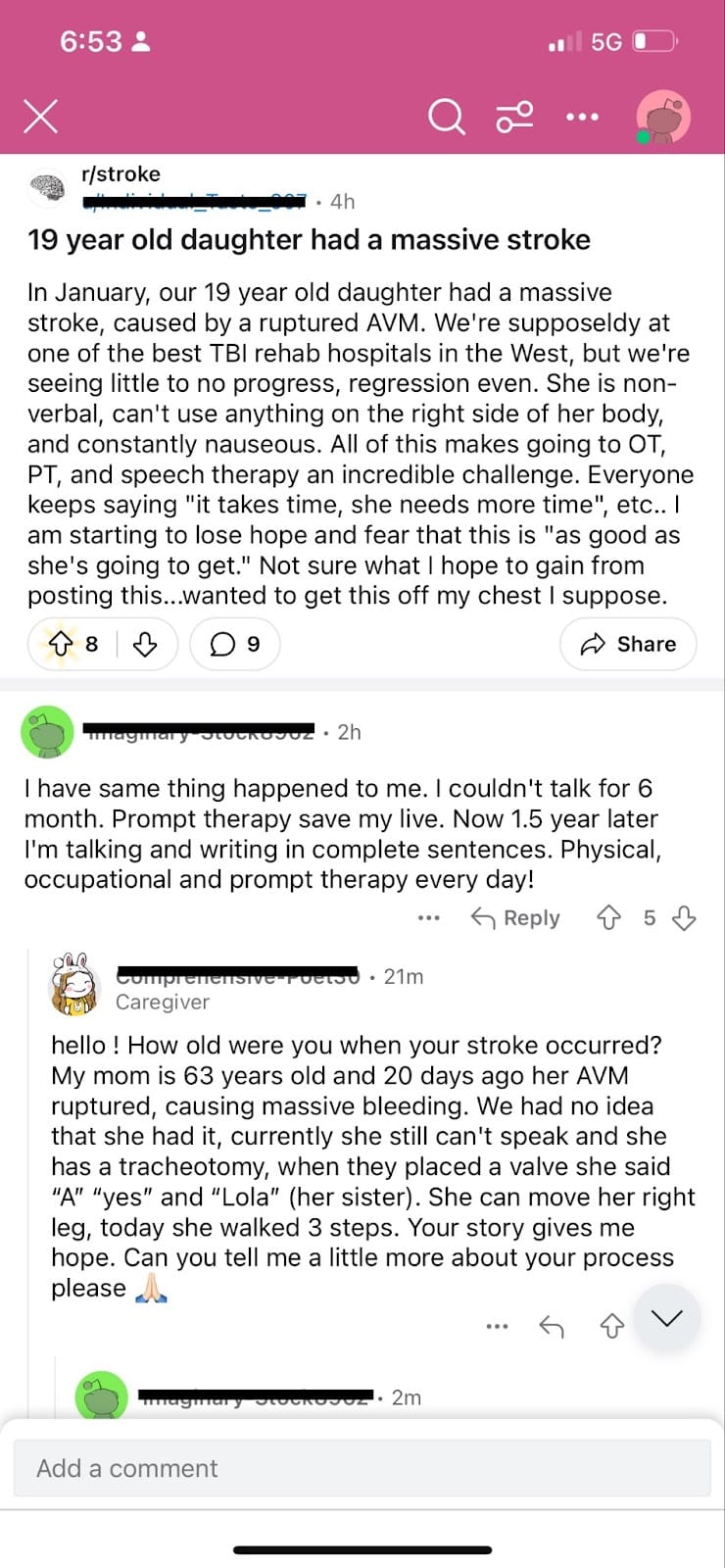
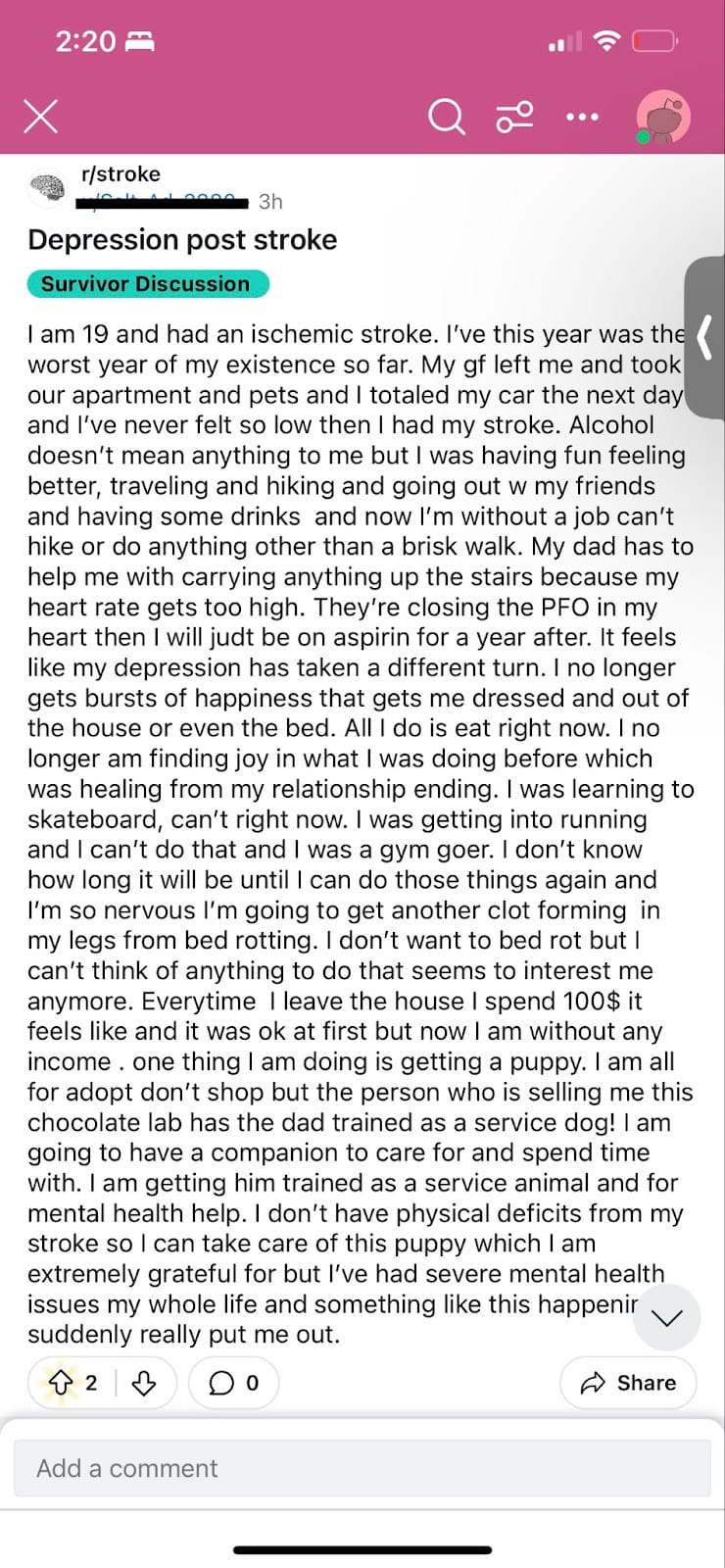
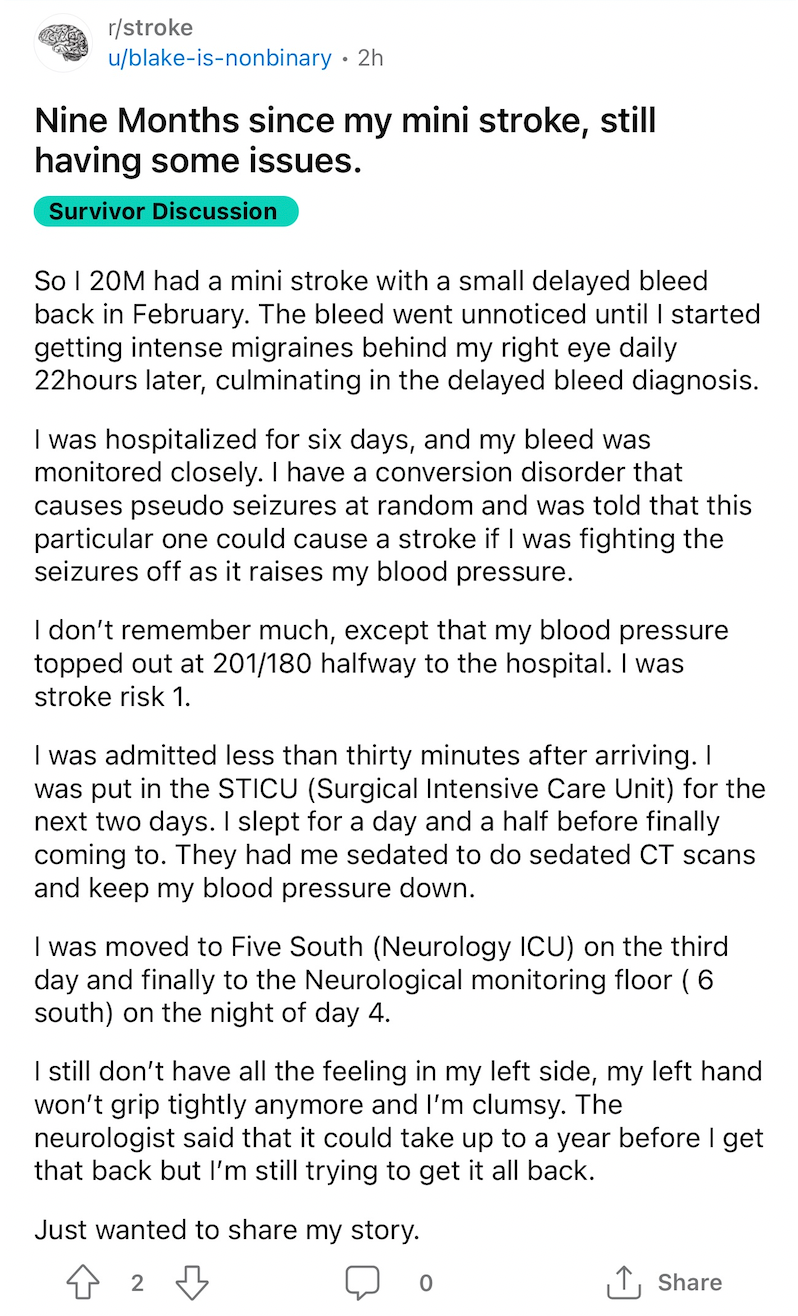
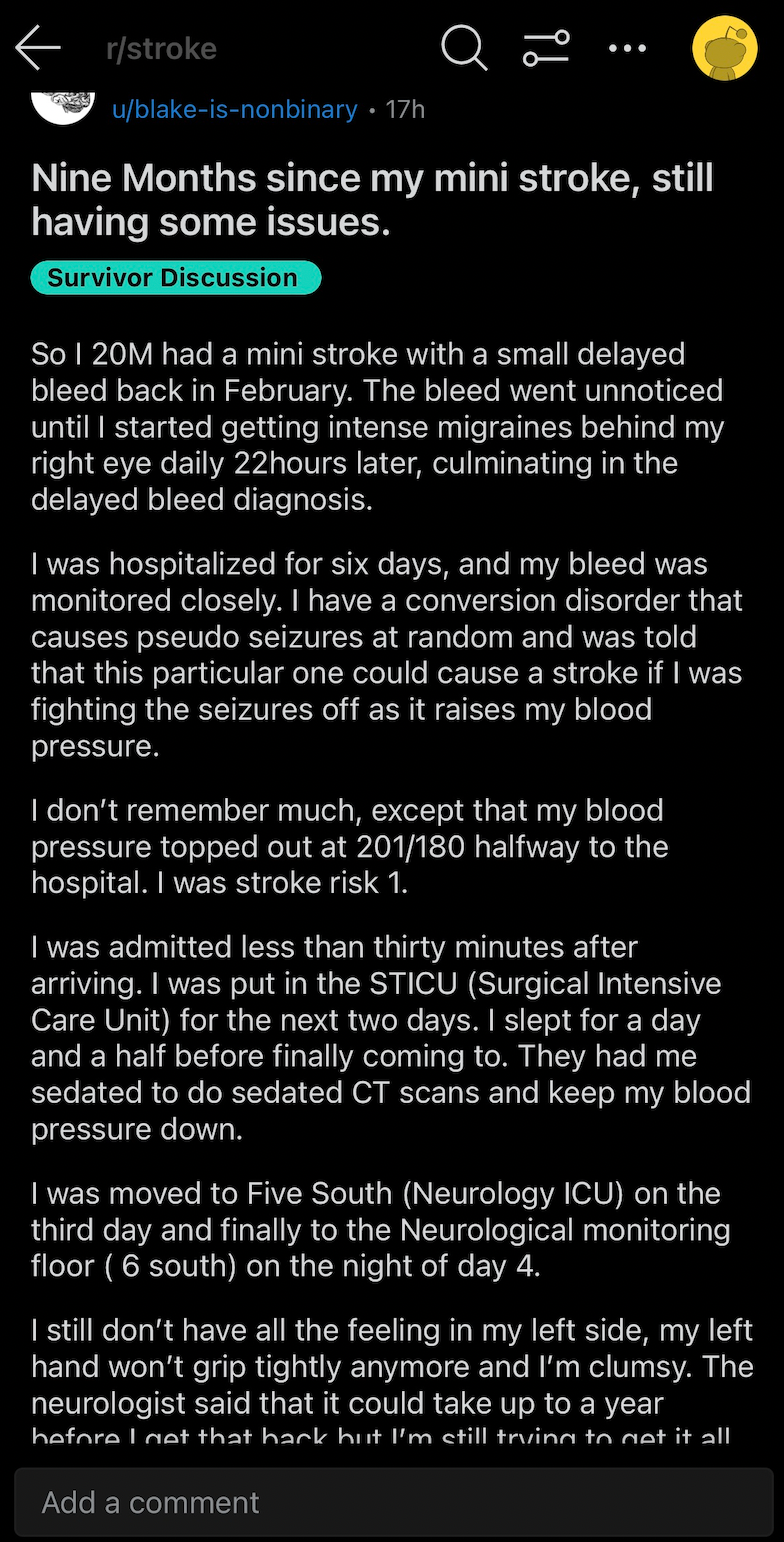
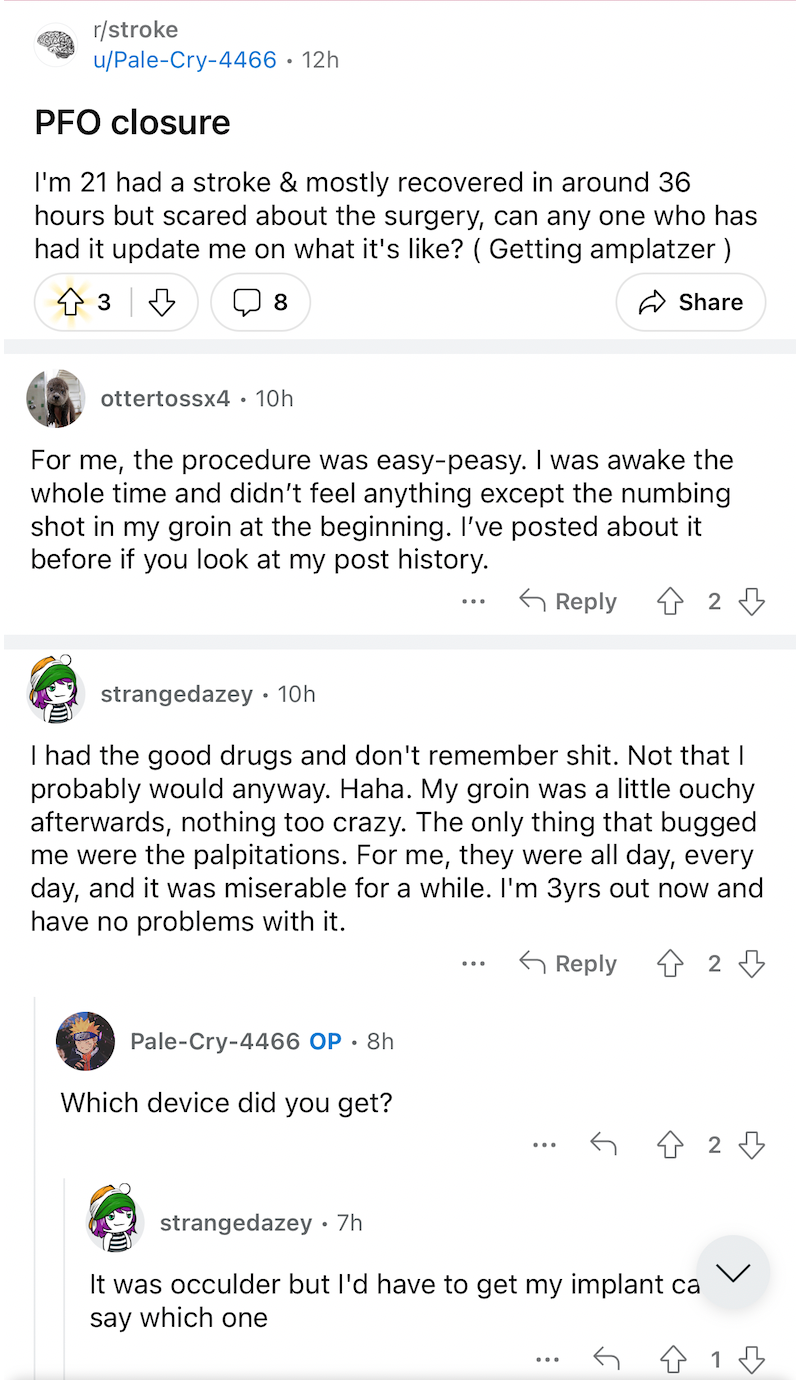
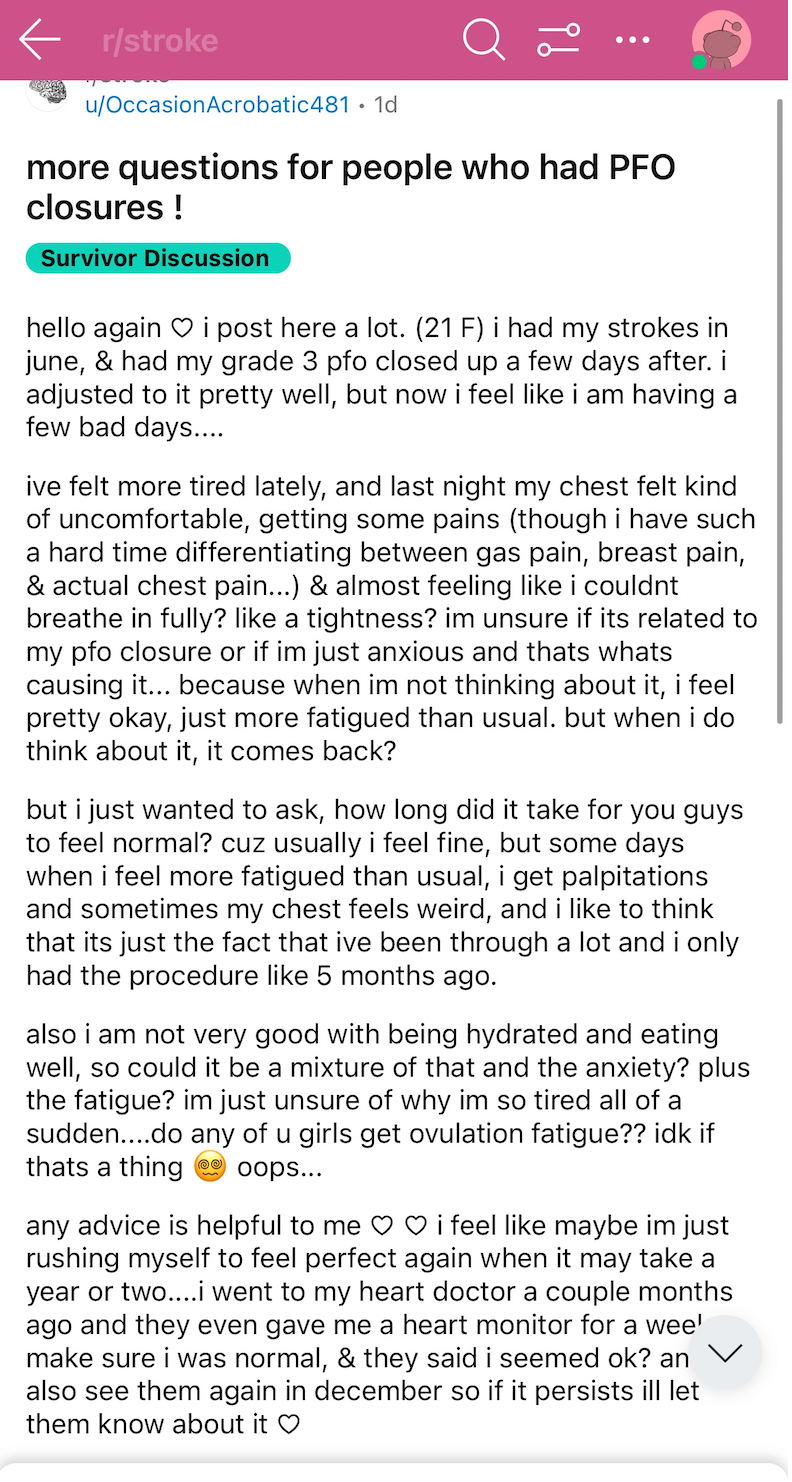
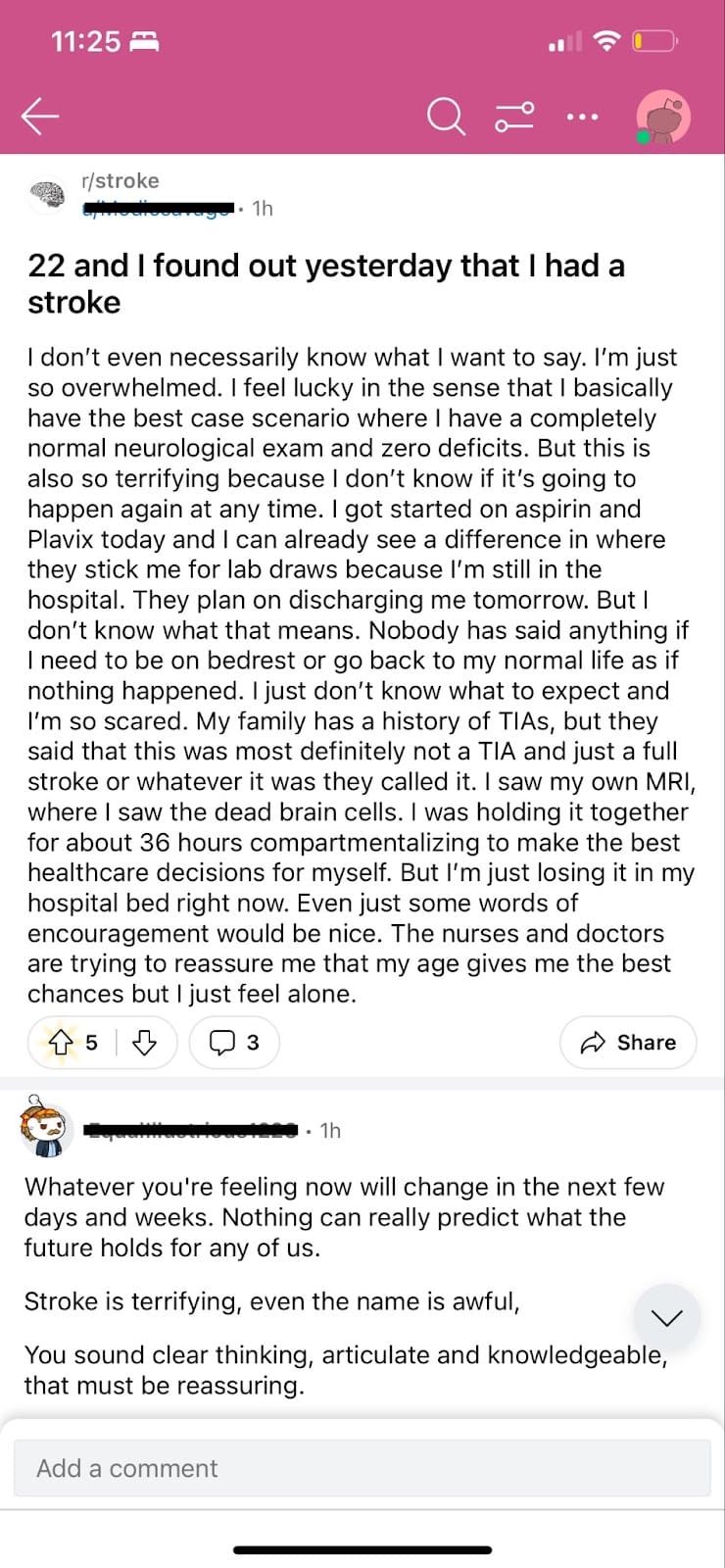
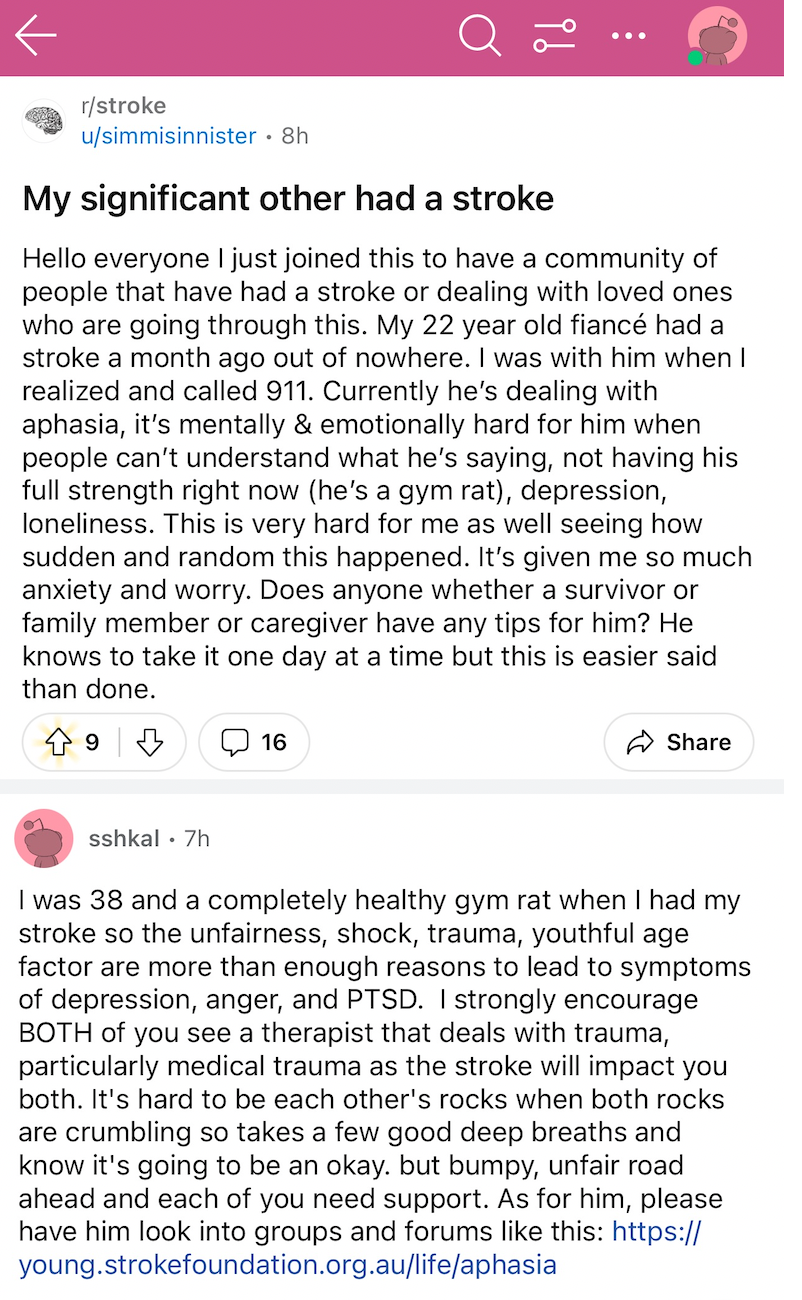
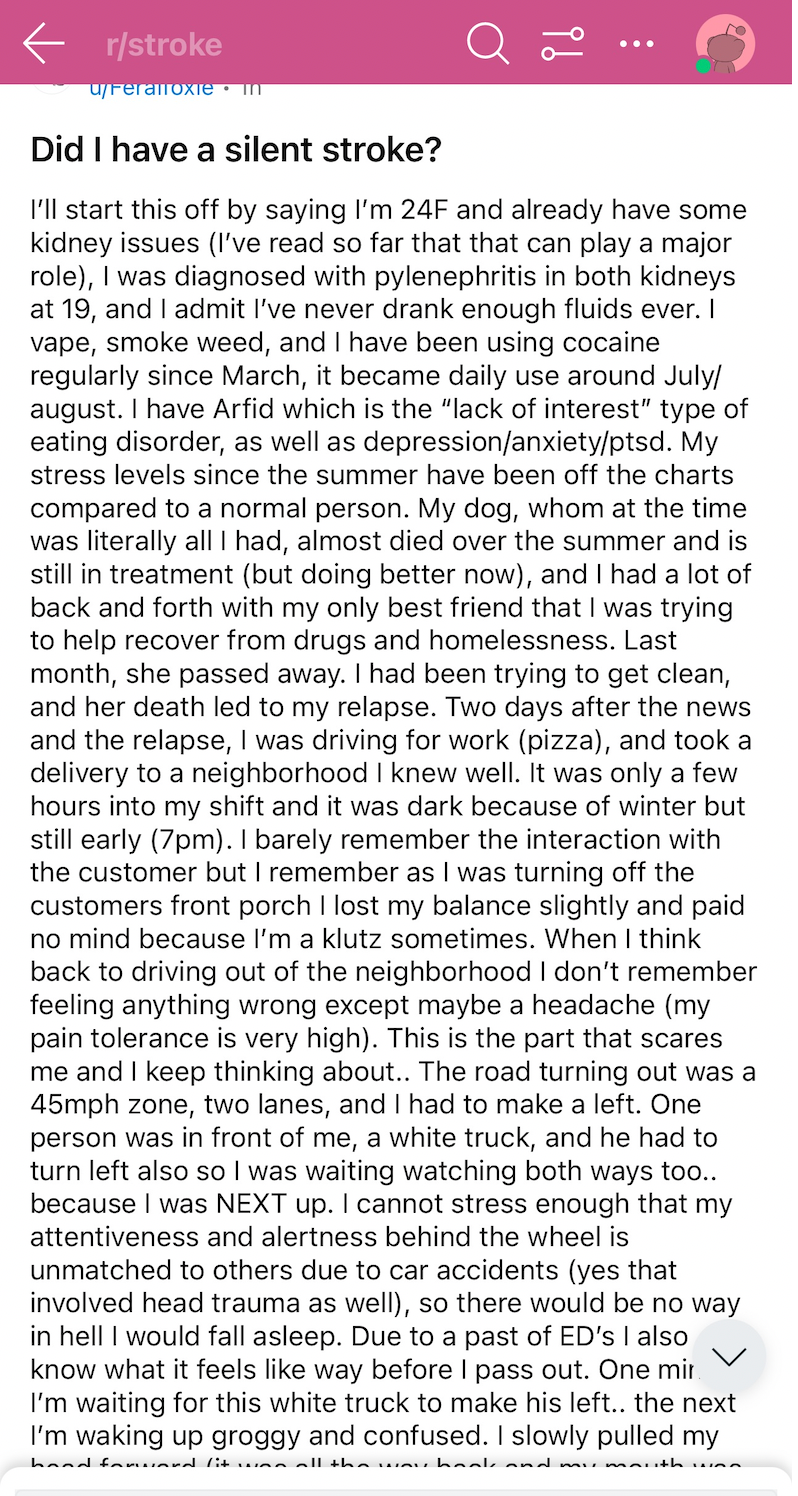
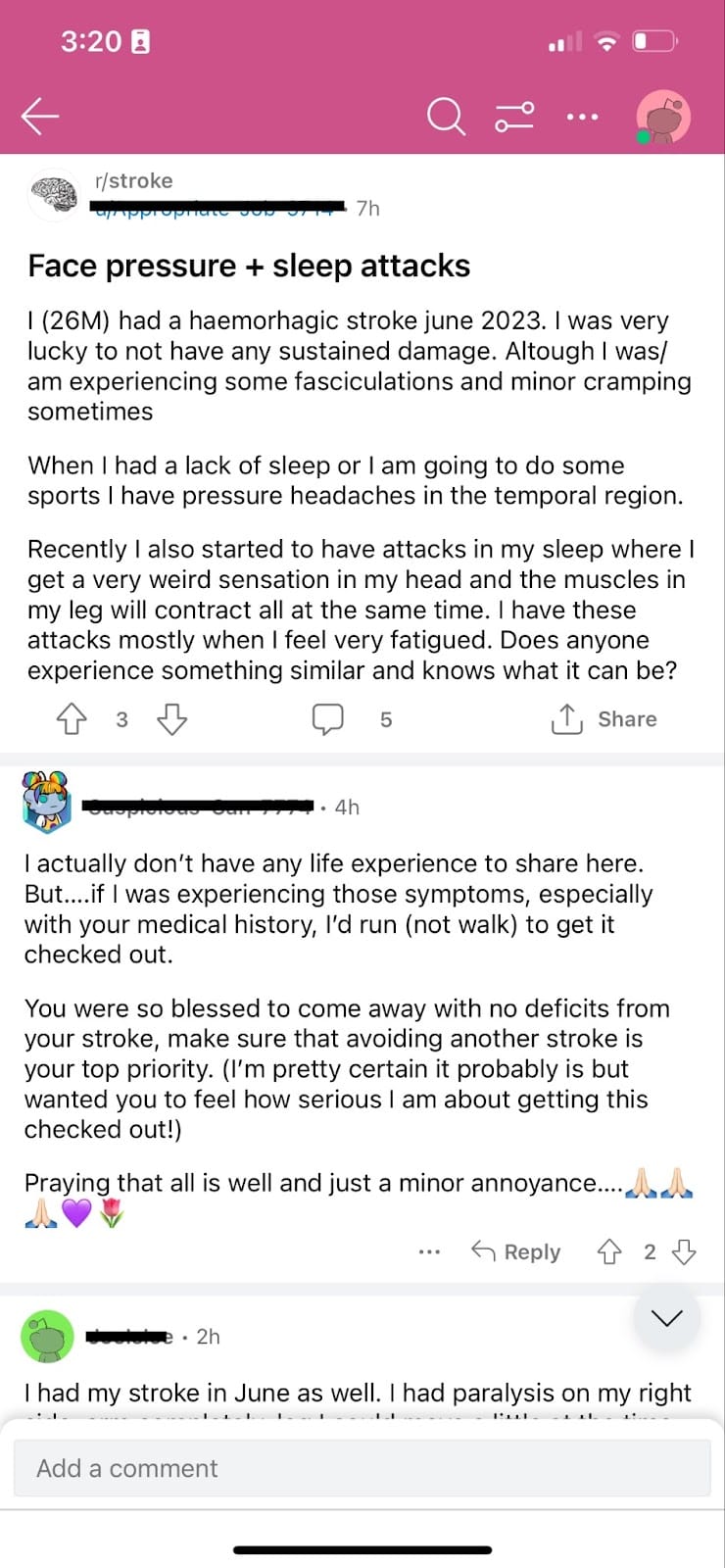
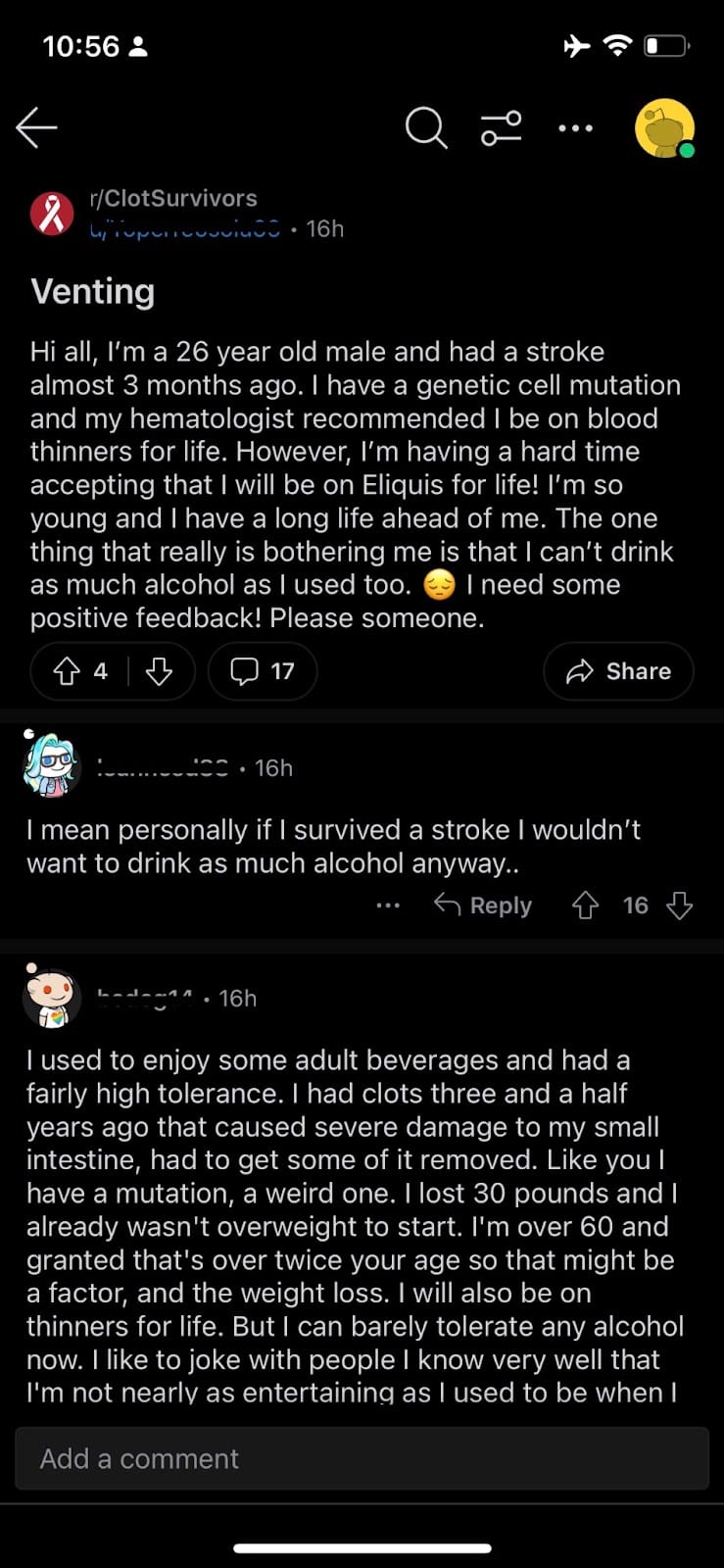
Cholesterol is electrically active, contributing to the stability of cell membranes and the charge balance in the blood. The liver adds cholesterol into the blood when the blood is extremely acidic. This high acidity (low pH) can lead to damaged blood vessels, erosion of vessel walls and can even calcify vessels - causing them to become rigid and inflexible, extremely vulnerable to damage and changes in blood pressure. Acidosis causes a loss of zeta potential in red blood cells (an electrostatic force that keeps them from sticking together), making RBCs more likely to clump together instead of staying separate.
Acidic blood weakens vessel walls, promotes calcium deposits, and triggers protein aggregation - this is the real cause of strokes.
When cells experience high levels of stress, injury, or immune activation, the body produces excess proteins that can accumulate and misfold:
- Chronic immune activation (autoimmunity, chronic infections):
- The liver increases protein production, including fibrinogen, globulins, and amyloid-like proteins.
- If the immune system is overactive, it floods the blood with excess antibodies and inflammatory proteins.
- Massive Cell Damage (Oxidative Stress, Radiation, Toxin Exposure):
- Damaged cells release intracellular proteins, which may trigger protein aggregation.
- This leads to high-viscosity blood, increasing clotting risk.
Fibrin amyloid microclots are seen frequently in individuals following vaccination or long-term severe covid infection.
What Are Fibrin Amyloid Microclots?
- Fibrin is the normal clotting protein that forms when blood coagulates to seal wounds.
- In healthy clotting, fibrin is a flexible mesh that can be broken down by plasmin (fibrinolysis).
- However, fibrin amyloid microclots misfold into an abnormal, rigid structure, similar to amyloid plaques seen in neurodegenerative diseases.
Why Do Fibrin Amyloid Microclots Form After Vaccination?
Spike Protein Interference with Clotting Mechanisms
- Vaccination-induced spike protein exposure seems to alter fibrin formation.
- The spike protein binds to fibrinogen, changing how it polymerizes into fibrin clots.
- The result is misfolded fibrin amyloid, which is denser and resistant to natural fibrinolysis.
Inflammation and Endothelial Damage
- Vaccines trigger systemic inflammation.
- Excess cytokines (IL-6, TNF-α) disrupt blood vessel function and encourage hypercoagulability.
- Damaged endothelial cells (which line blood vessels) overproduce fibrin as a stress response.
Autoimmune and Hyperimmune Activation
- Artificial spike protein exposure increases autoantibody production.
- These antibodies mistakenly bind to fibrin, further stabilizing the microclots and preventing natural breakdown.
Relevant Scientific Studies from PubMed
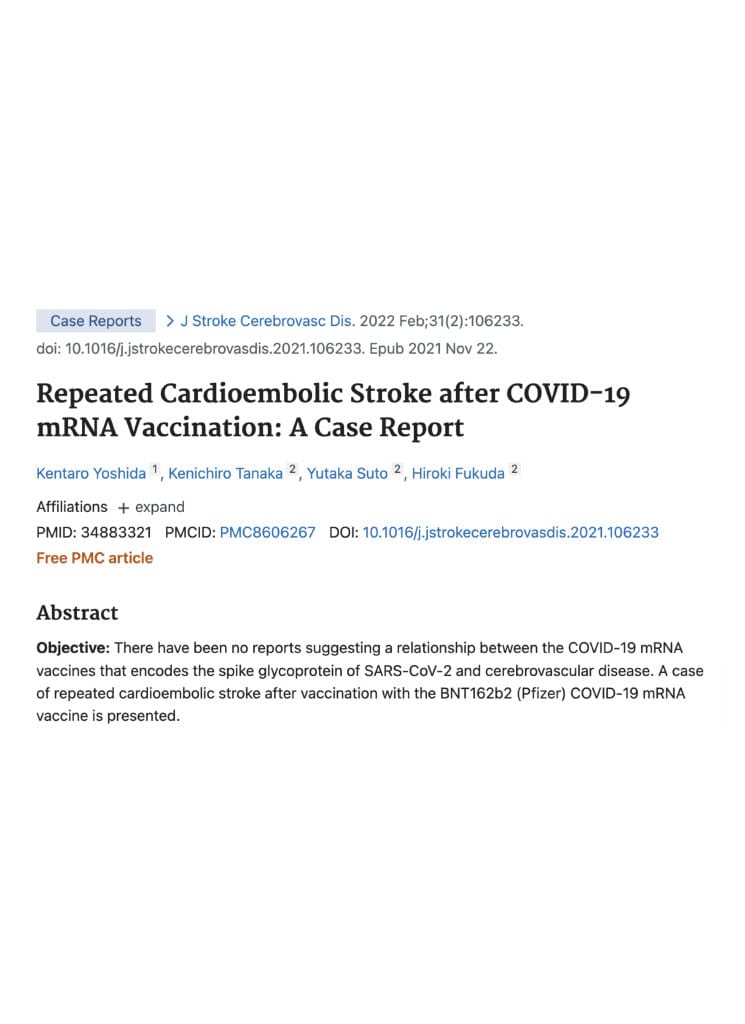
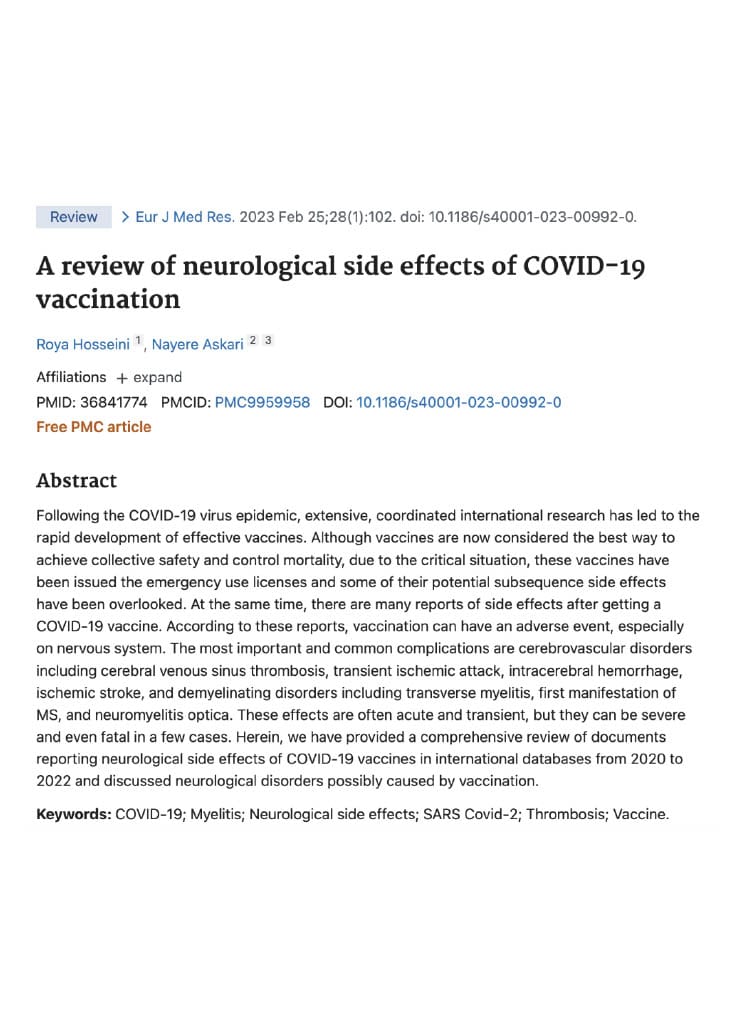
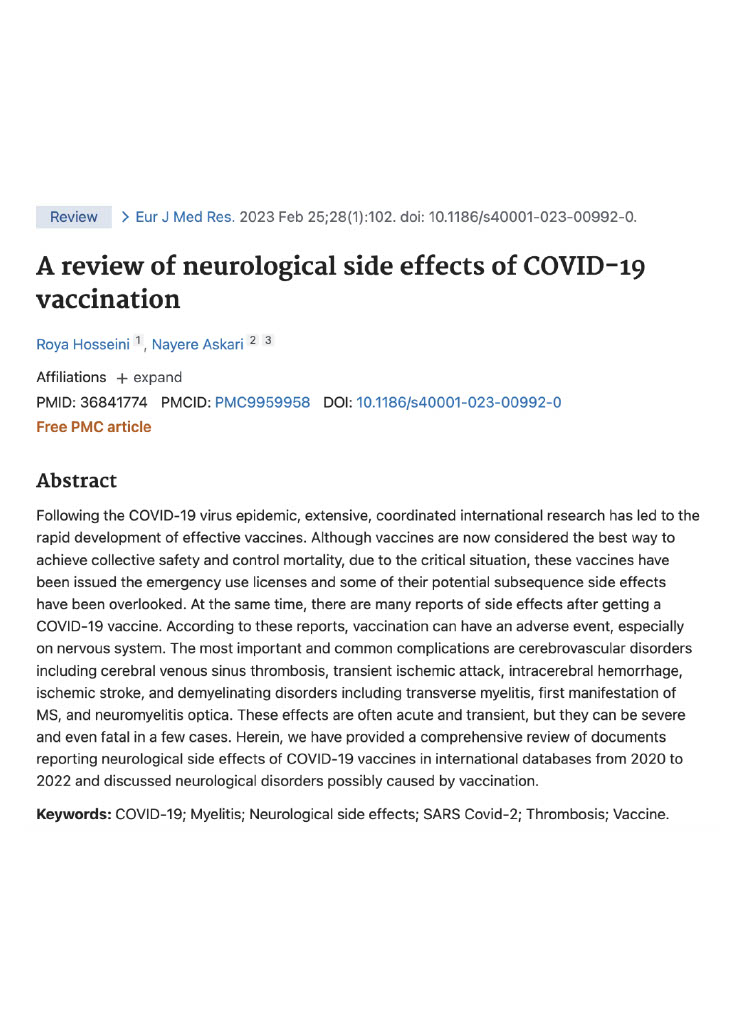
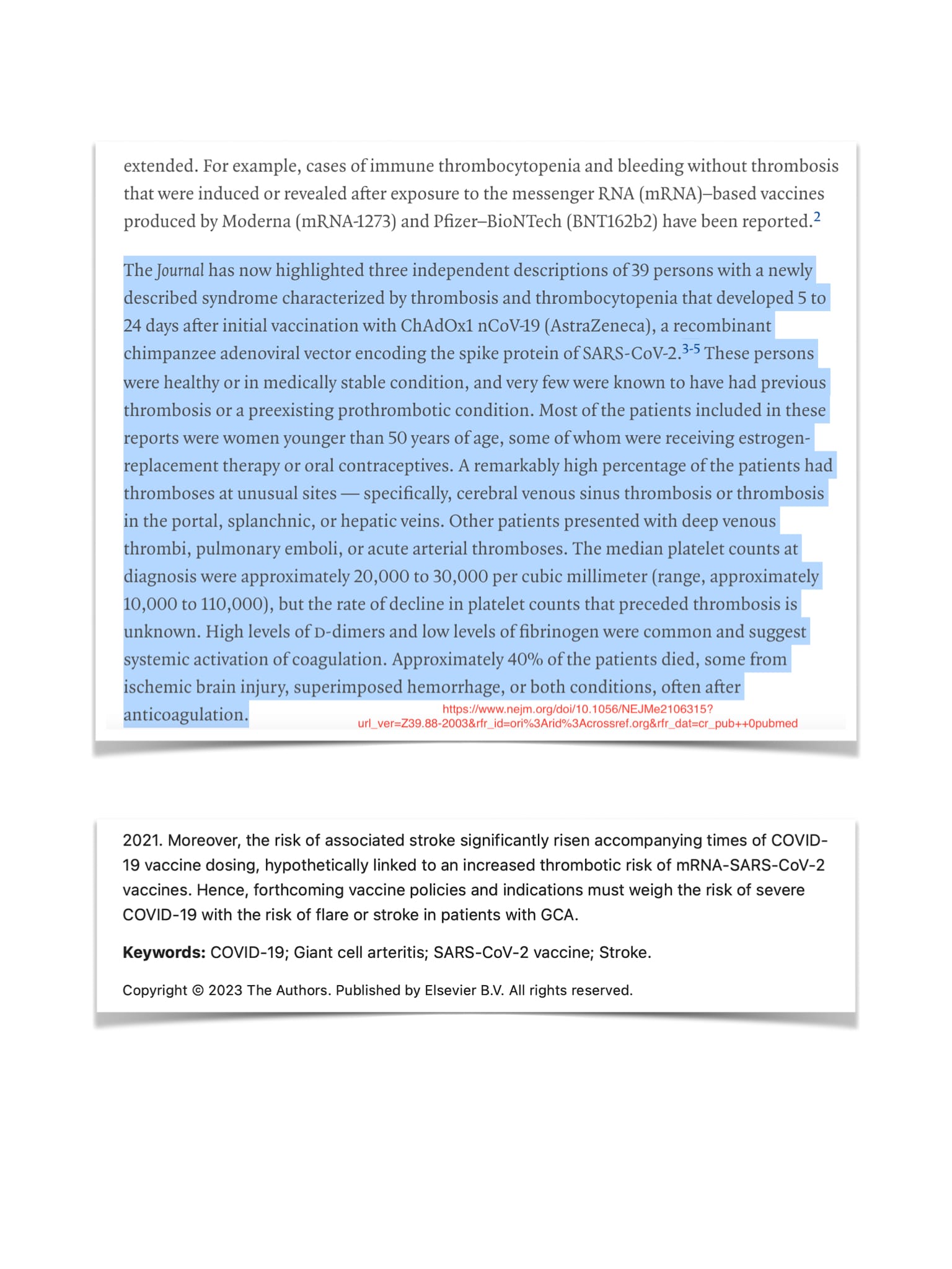
3. Why Are Fibrin Amyloid Microclots So Hard to Remove?
- Plasmin Resistance (Breakdown Failure)
- Normal fibrin clots dissolve via plasmin, an enzyme that degrades fibrin into smaller fragments.
- Fibrin amyloid microclots do not respond to plasmin due to their misfolded structure.
- Increased Density and Rigidity
- Normal fibrin is a porous, flexible structure.
- Fibrin amyloid compacts into dense, inflexible sheets, making it impossible for blood flow or enzymes to penetrate.
- Persistent Immune System Activation
- Amyloid fibrin triggers chronic immune response.
- The immune system tries to clear the clots, but macrophages struggle to break down the abnormal fibrin structure.
- Instead of removal, prolonged inflammation contributes to ongoing clot formation.
- Formation of Secondary Clotting Proteins
- In response to persistent microclots, the body produces excess fibrinogen, leading to a cycle of more clot formation.
- This results in "sticky blood", making oxygen delivery inefficient and increasing the risk of stroke, heart attack, and chronic fatigue syndrome-like symptoms.
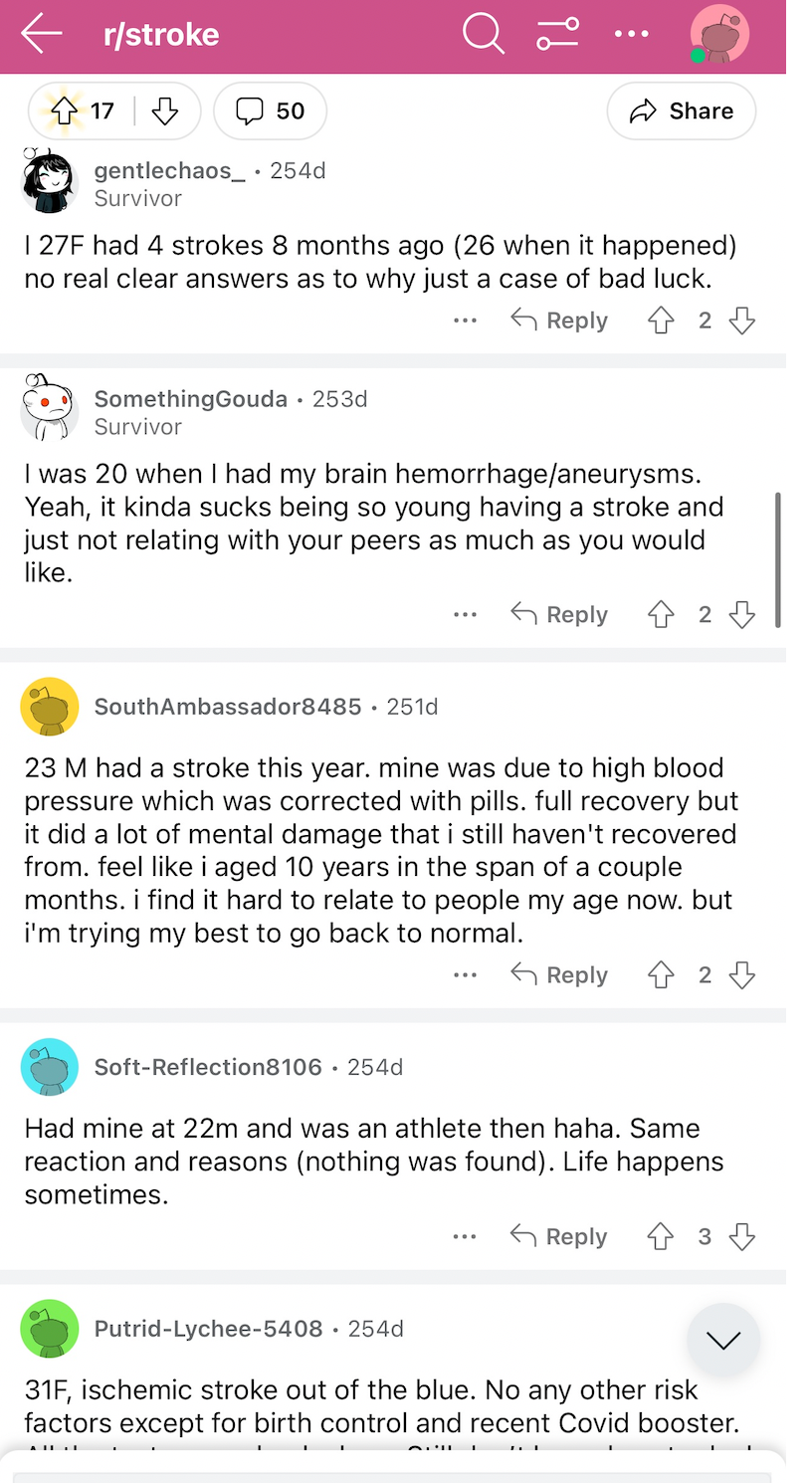
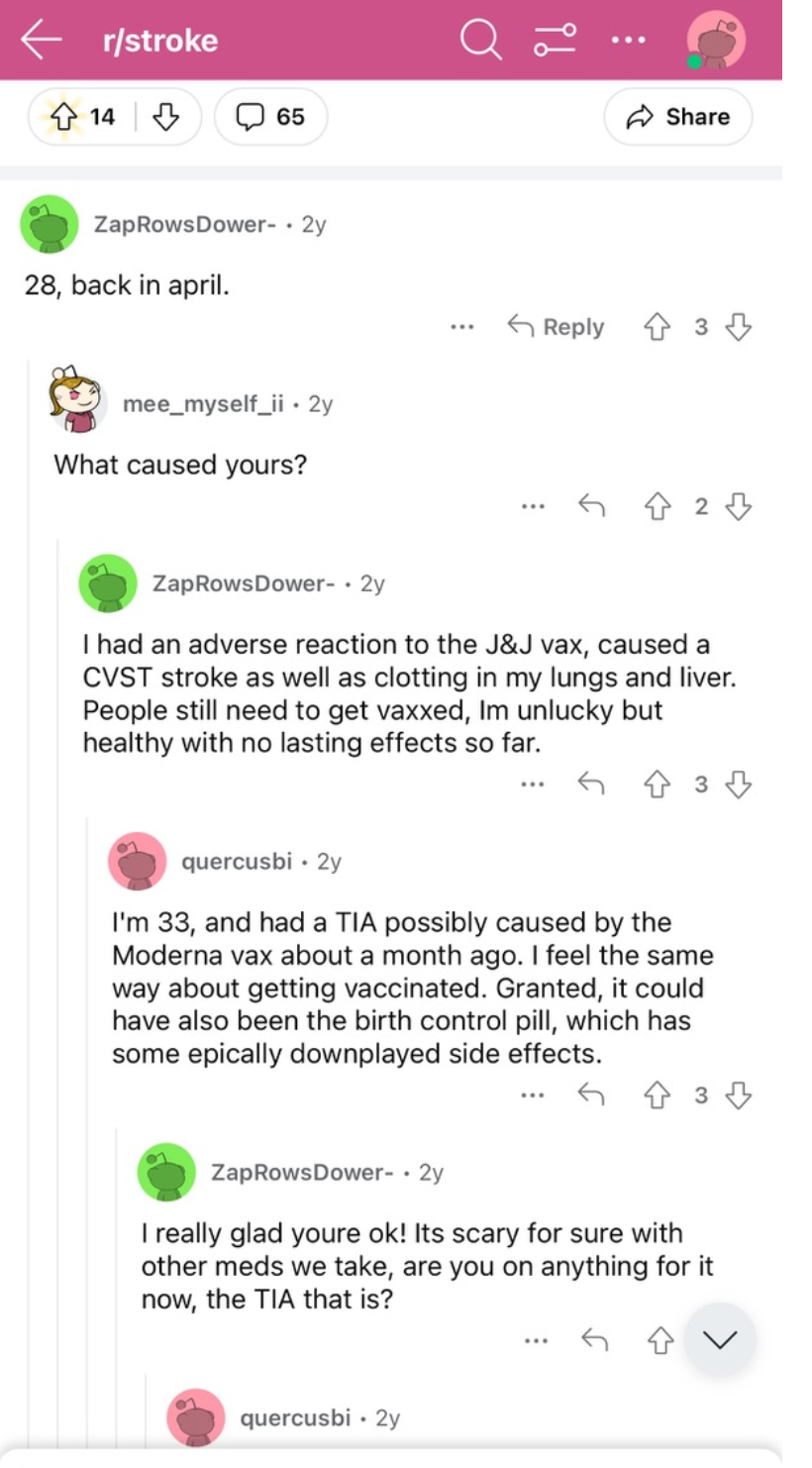
4. Health Consequences of Persistent Fibrin Amyloid Microclots
When these microclots persist, they contribute to a range of symptoms and conditions:
- Post-Vaccine Syndrome
- Fatigue, brain fog, exercise intolerance (due to oxygen transport disruption).
- Chronic inflammation leading to autoimmune-like symptoms.
- Microvascular Blockages
- These clots block tiny capillaries, leading to reduced oxygen flow to tissues.
- Can cause "silent hypoxia"—where oxygen saturation appears normal, but cells are starved for oxygen.
- Increased Risk of Major Clots
- Persistent microclots may merge into larger clots, increasing the risk of deep vein thrombosis (DVT), pulmonary embolism, stroke, or heart attack.
- Neurological Symptoms
- Microclots in brain capillaries can cause migraines, cognitive dysfunction, dizziness, and neuroinflammation.
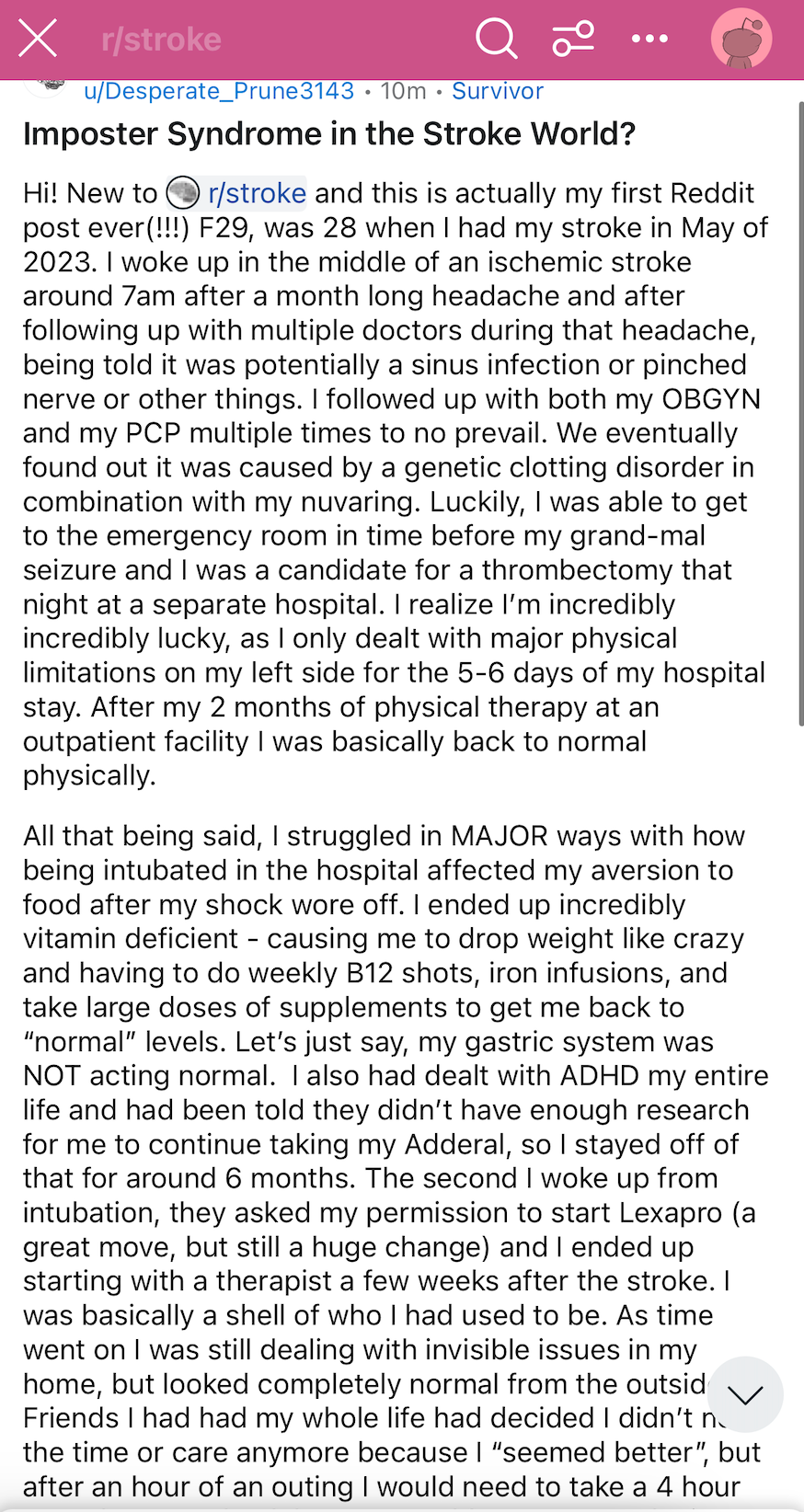
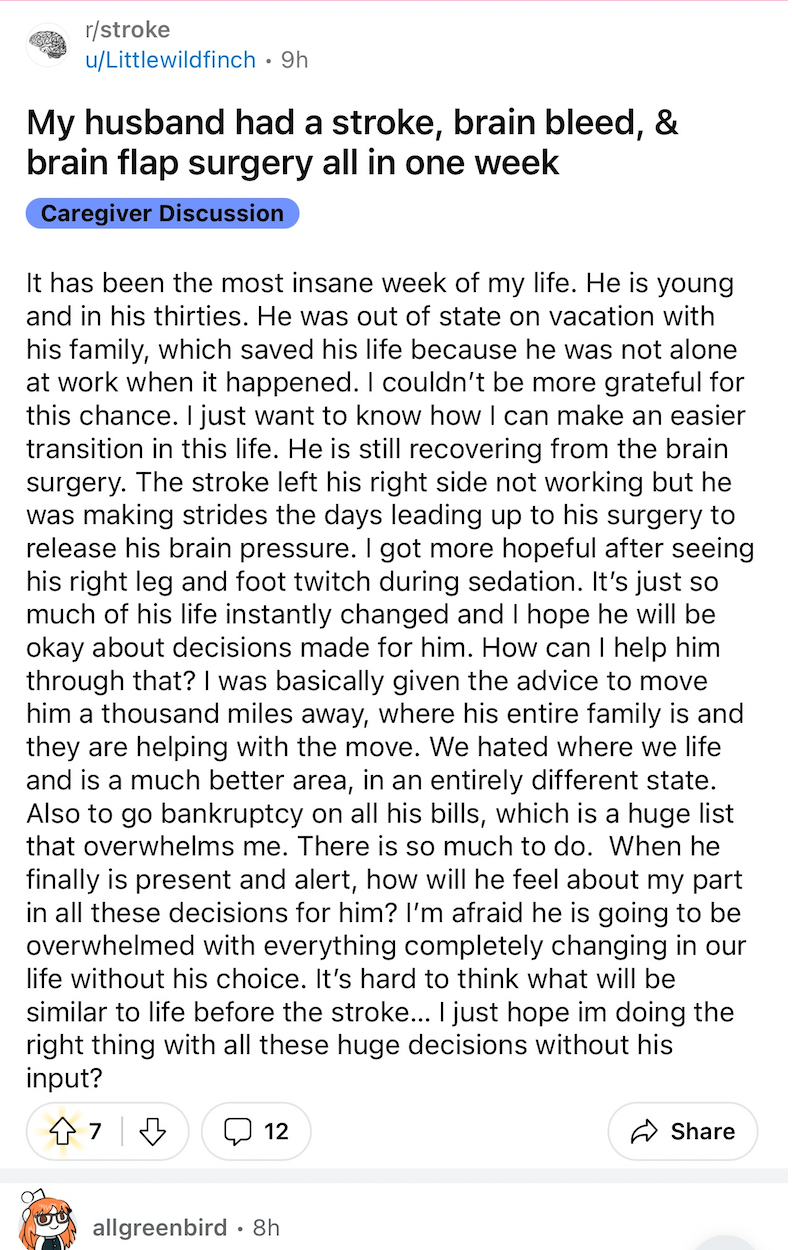

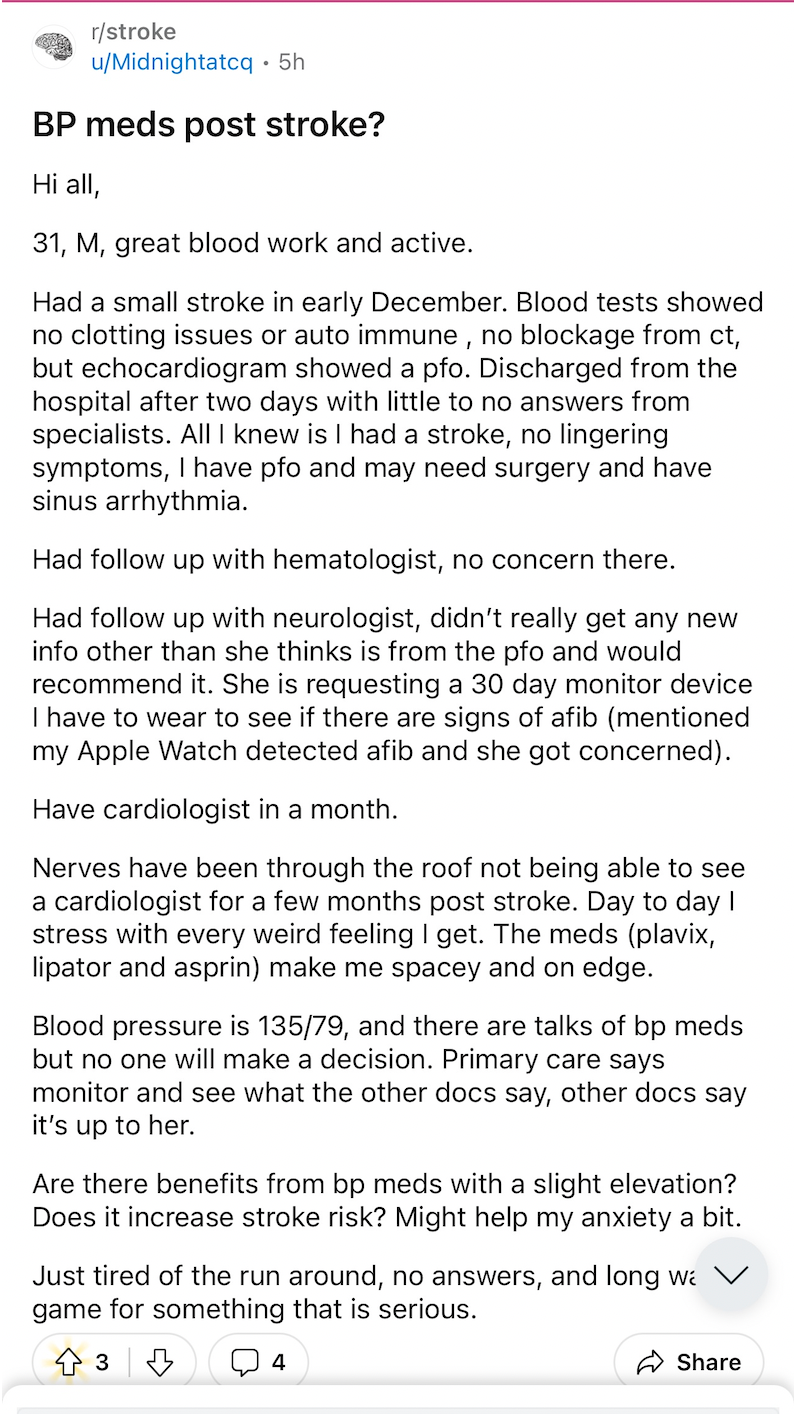

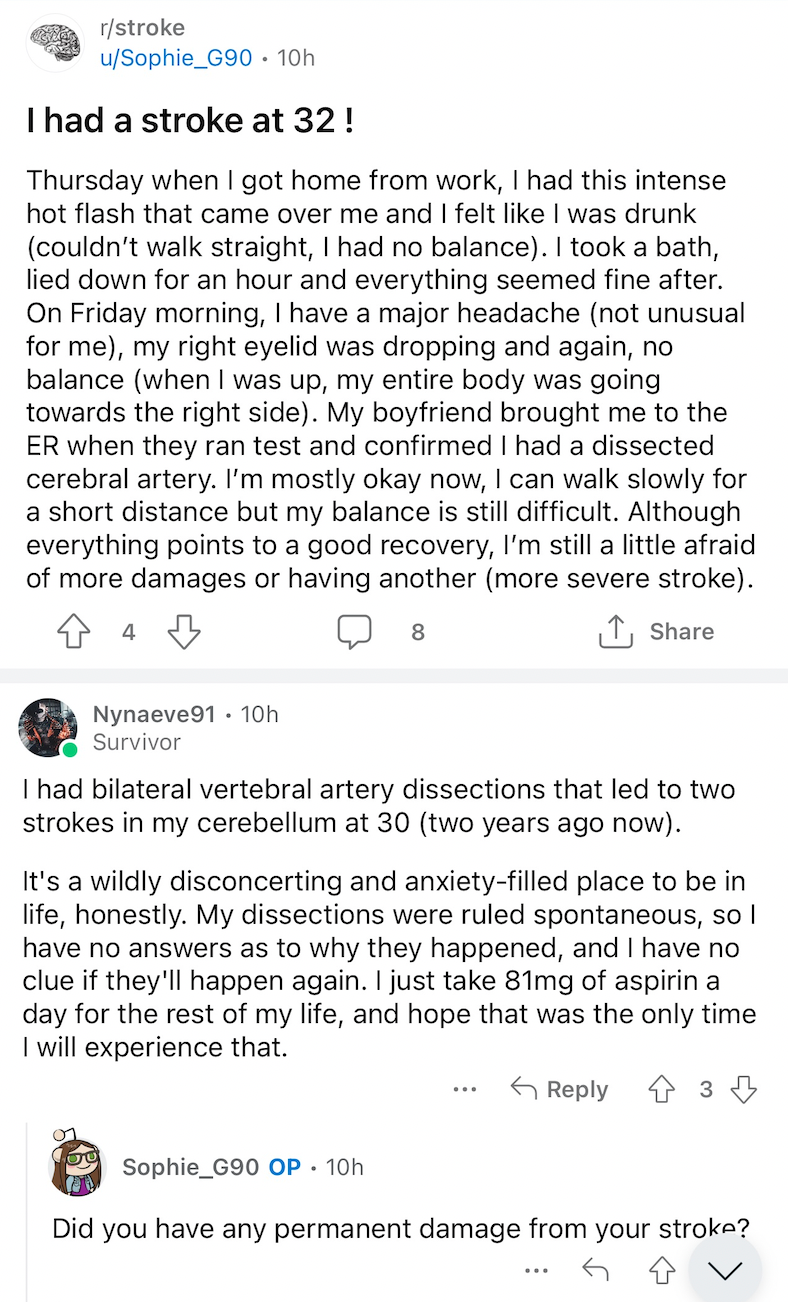
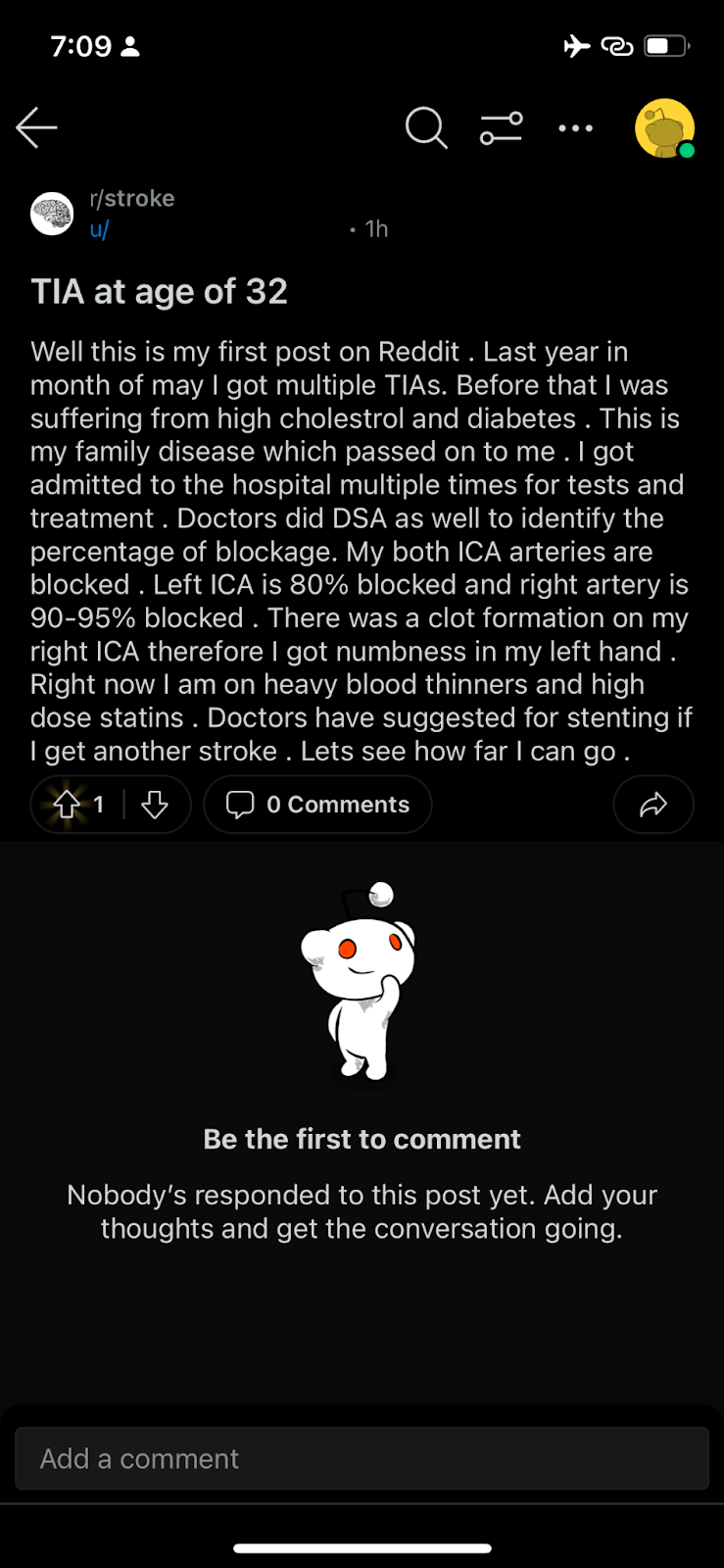
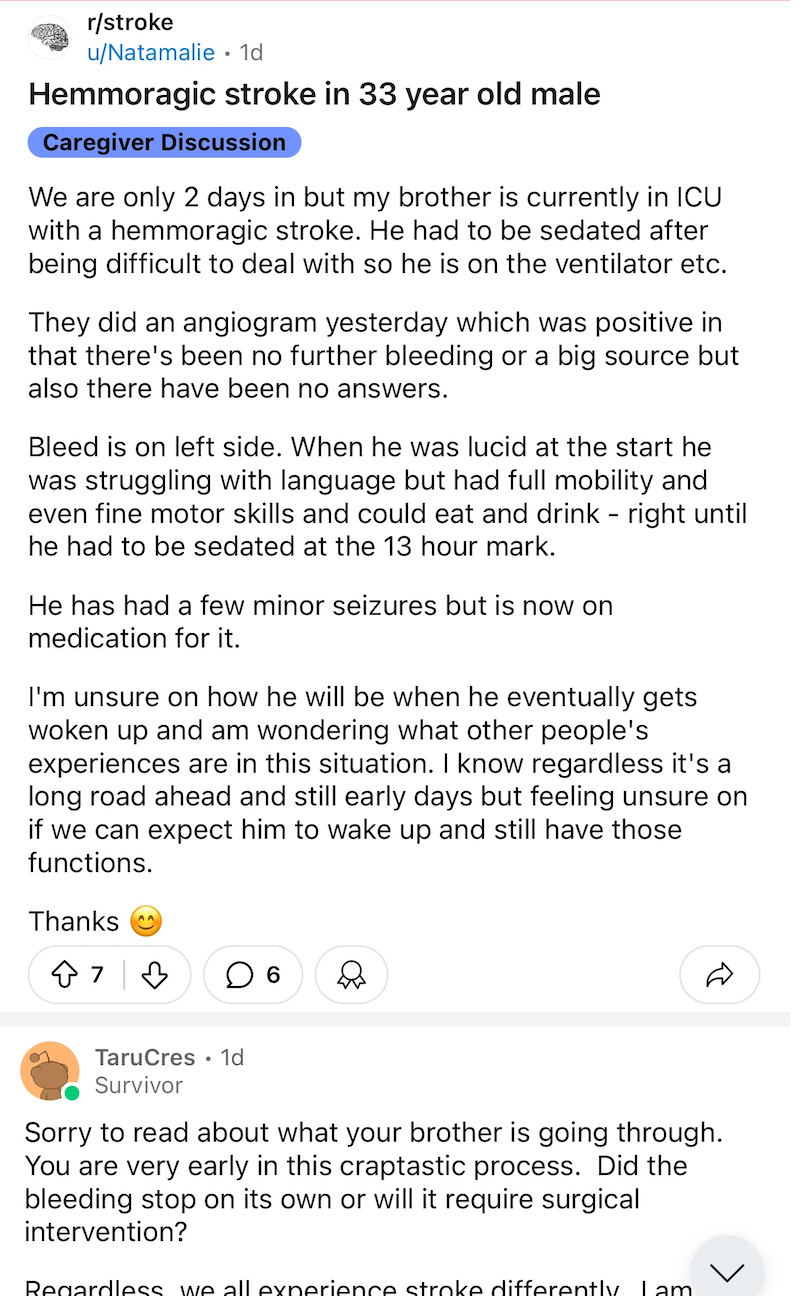


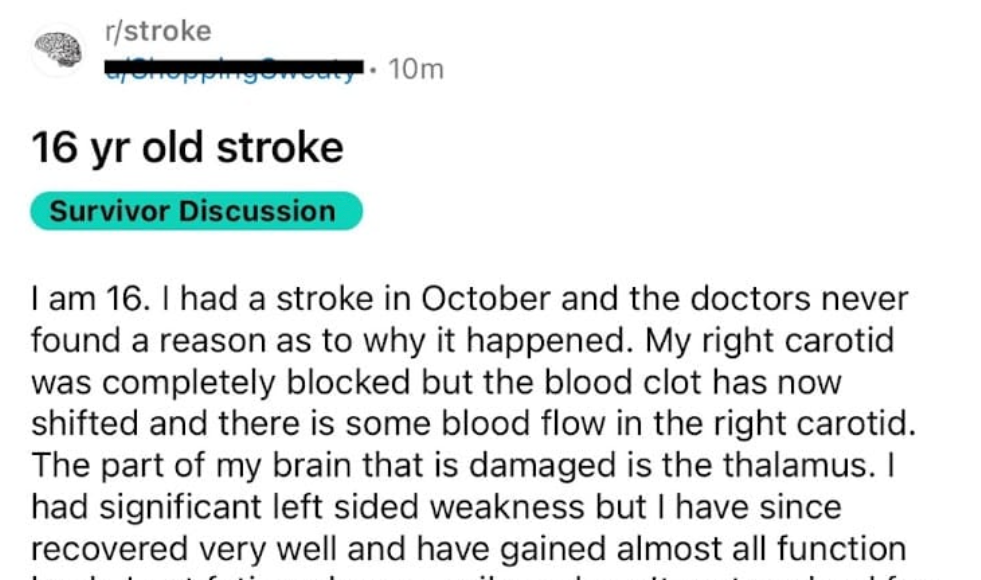
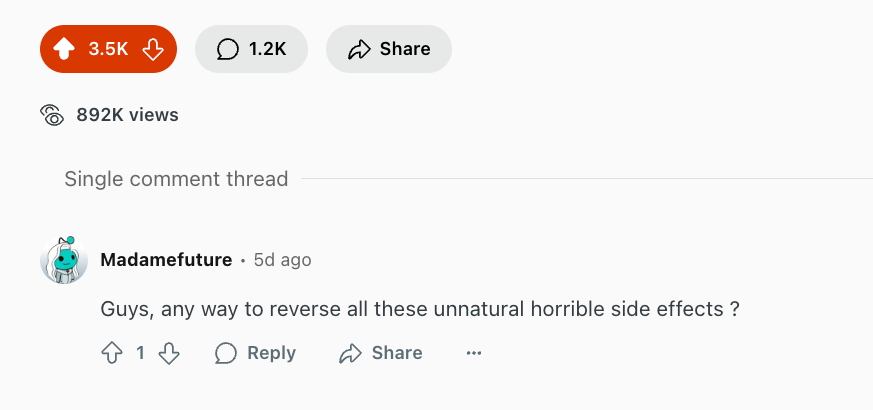
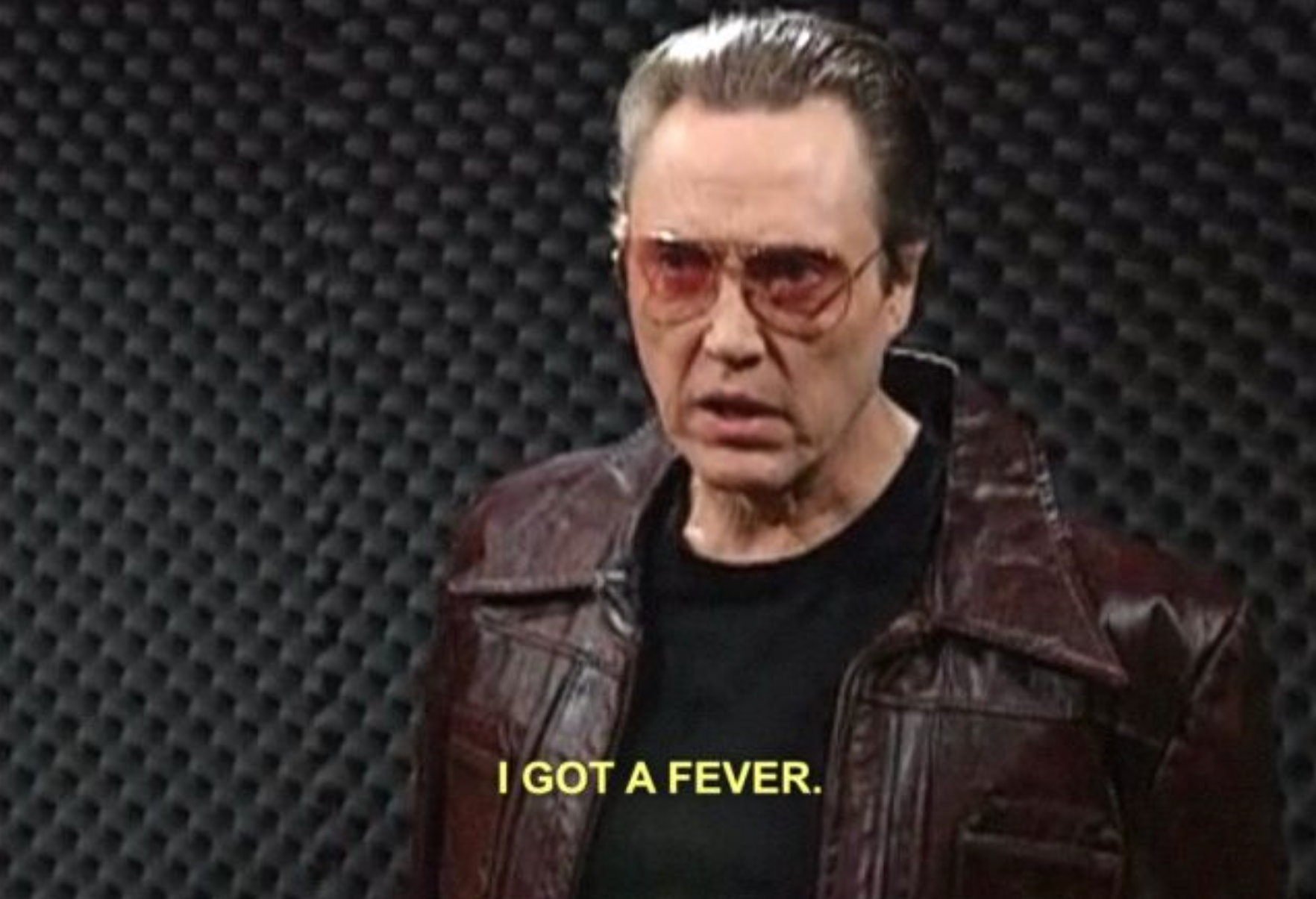

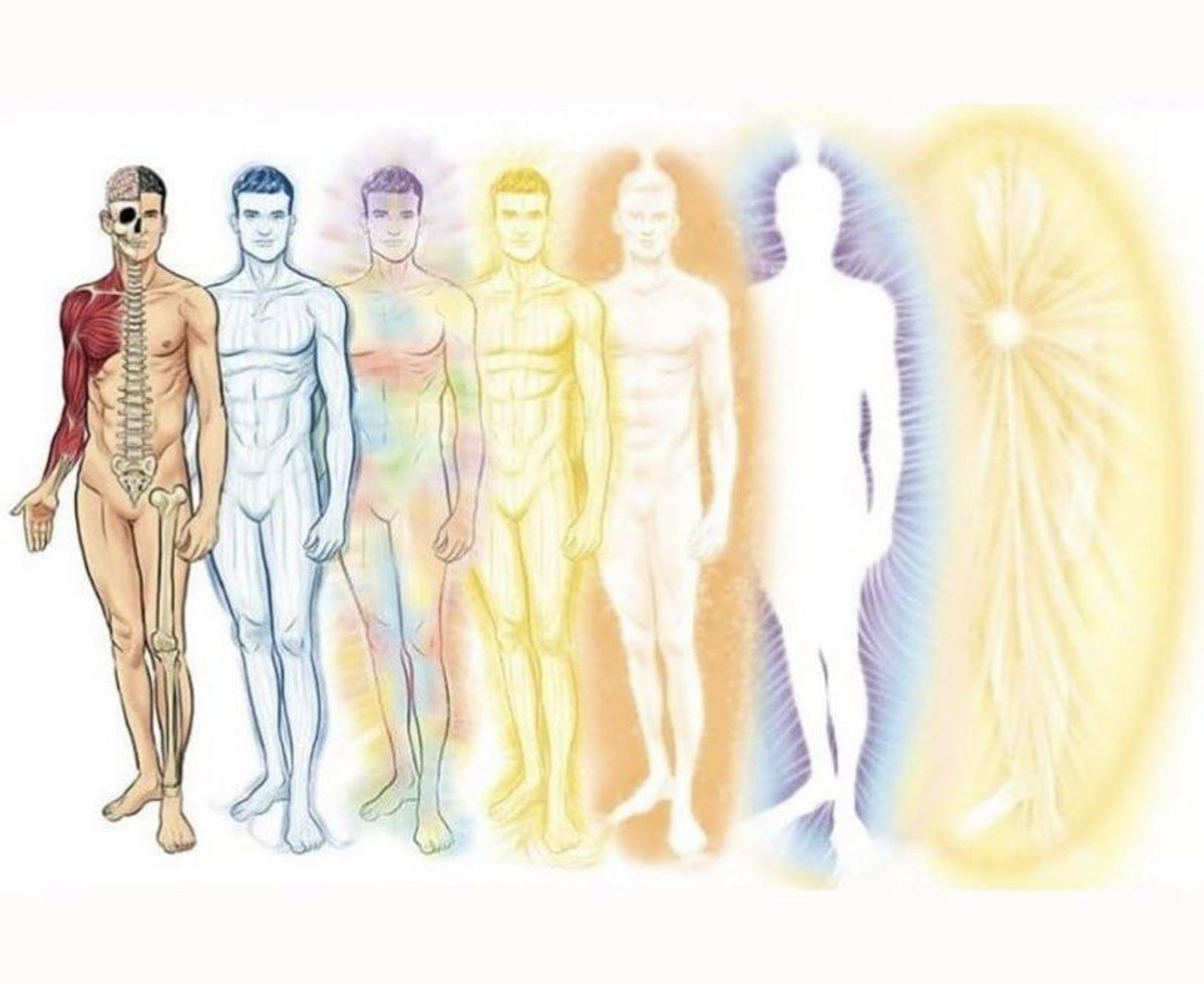



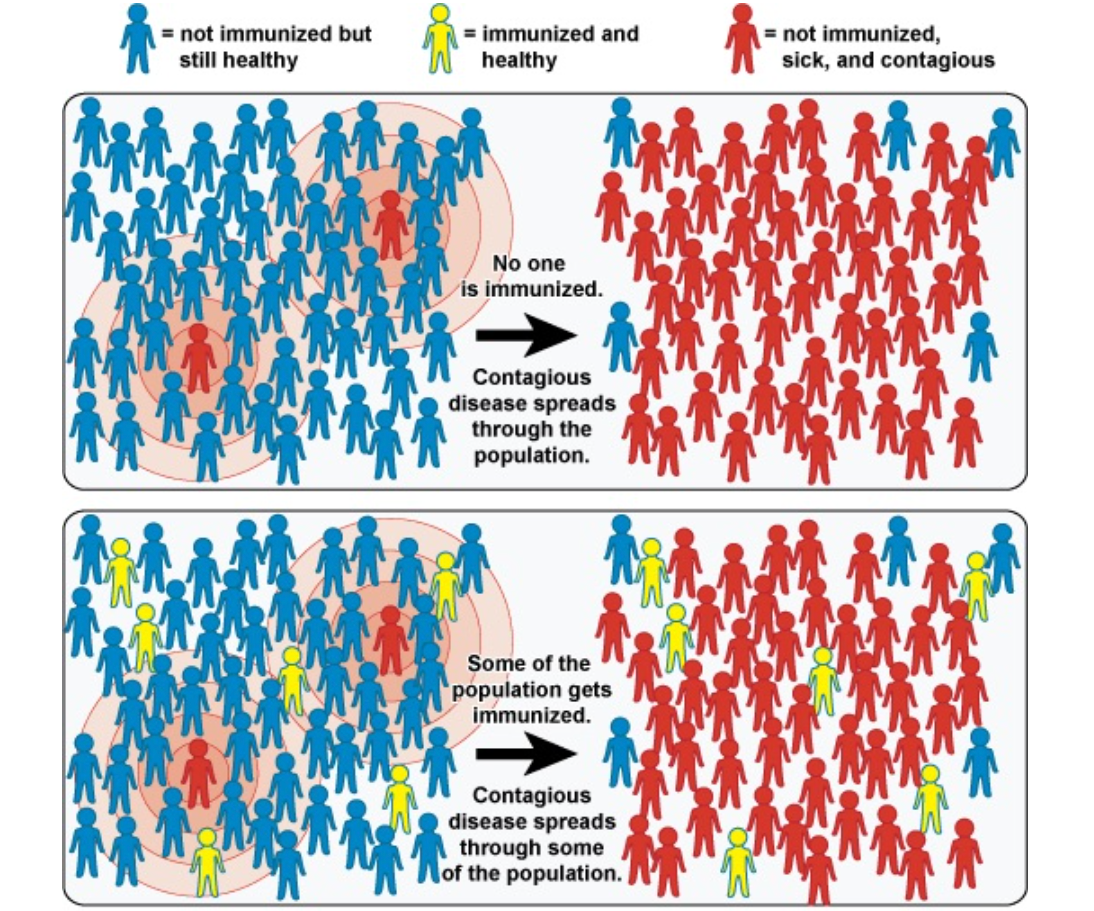
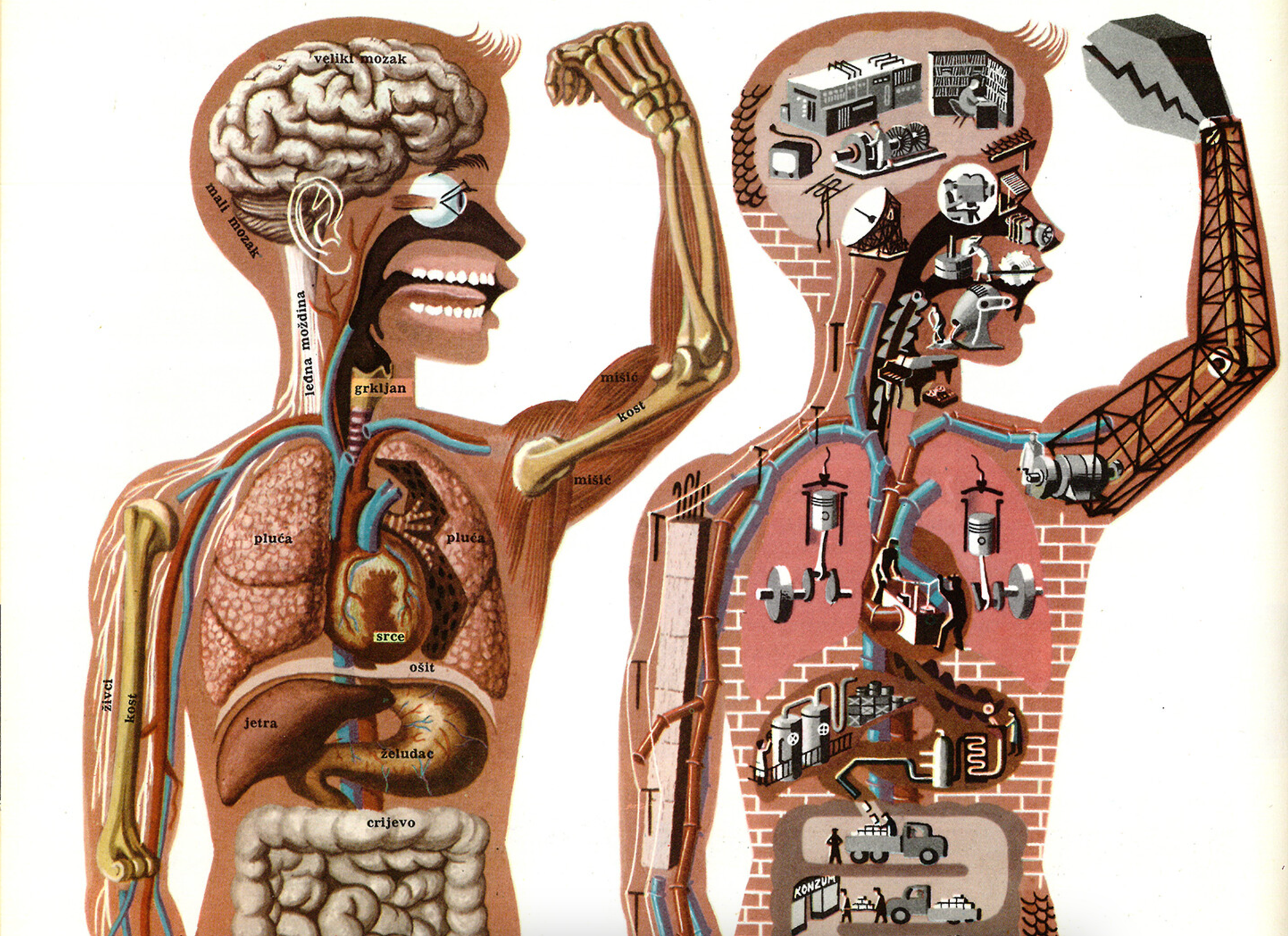

Discussion